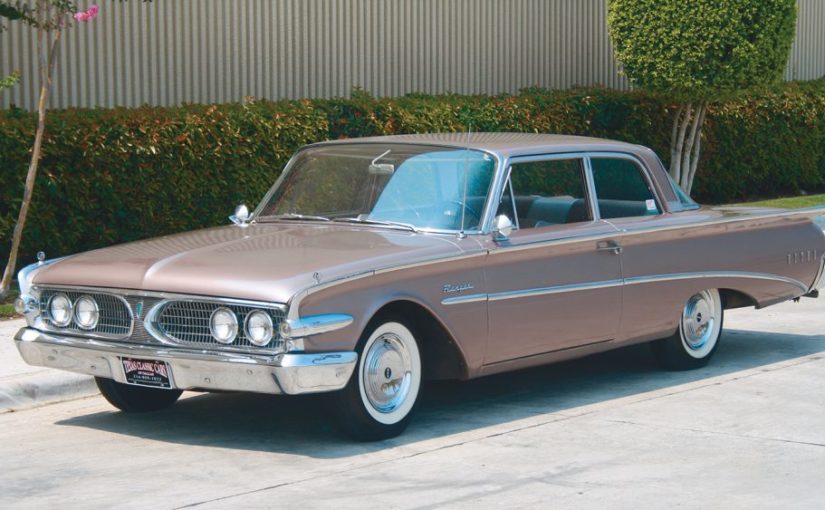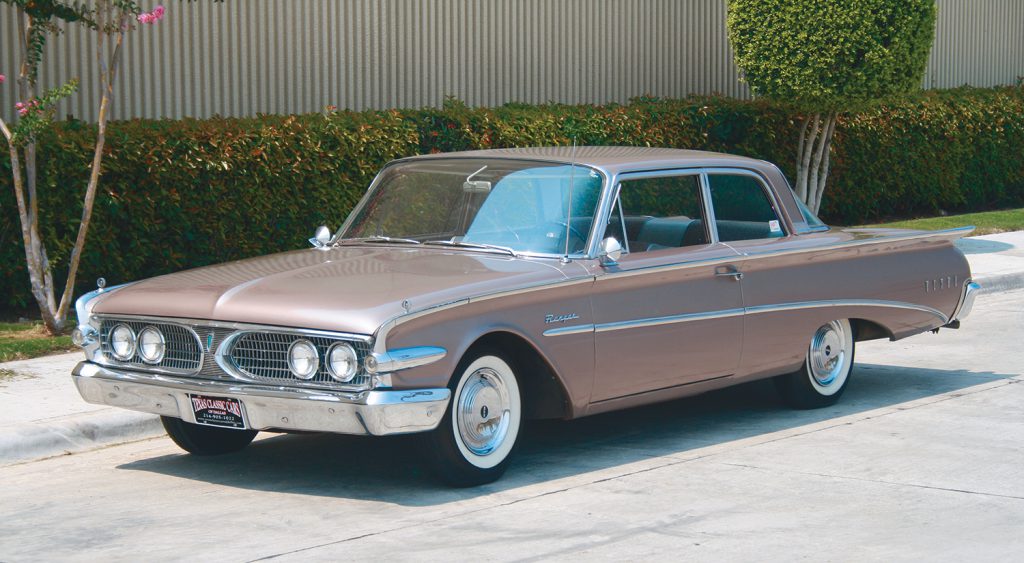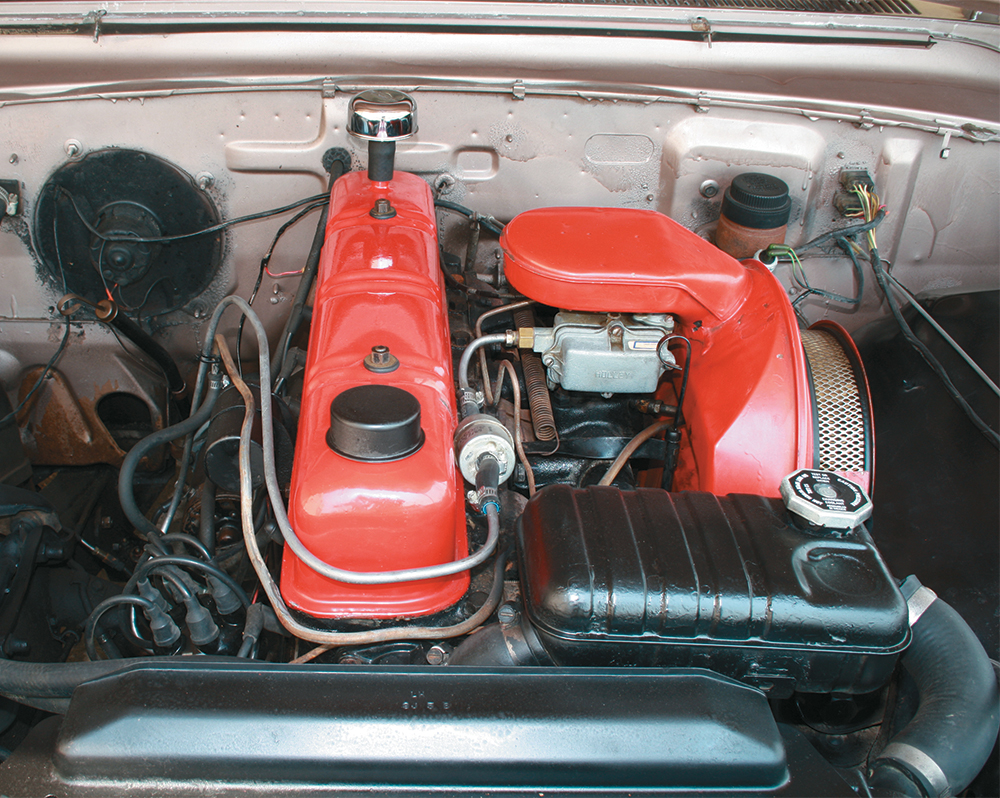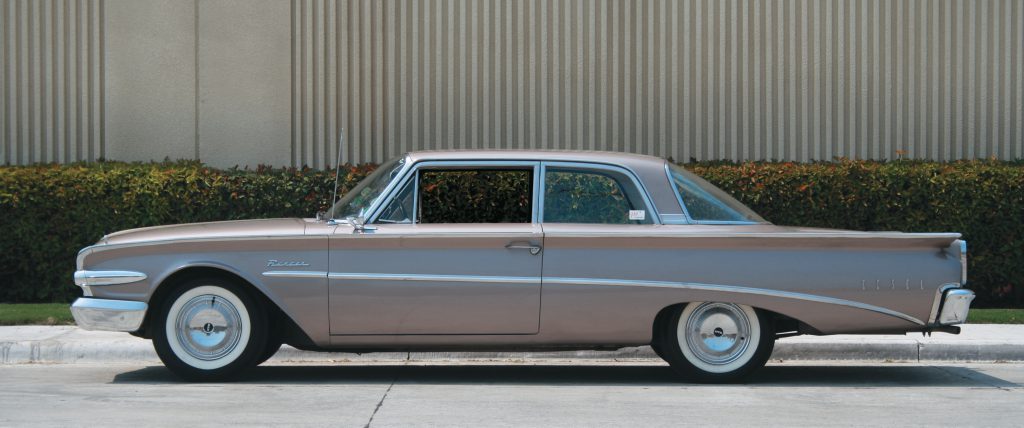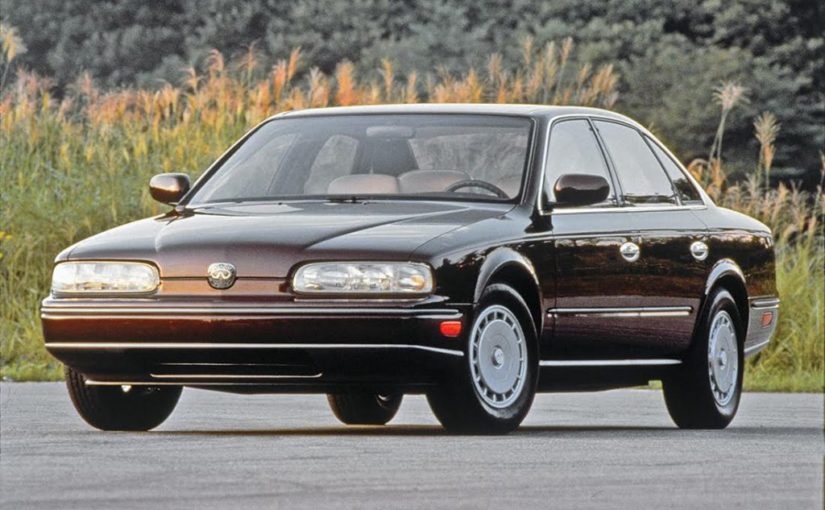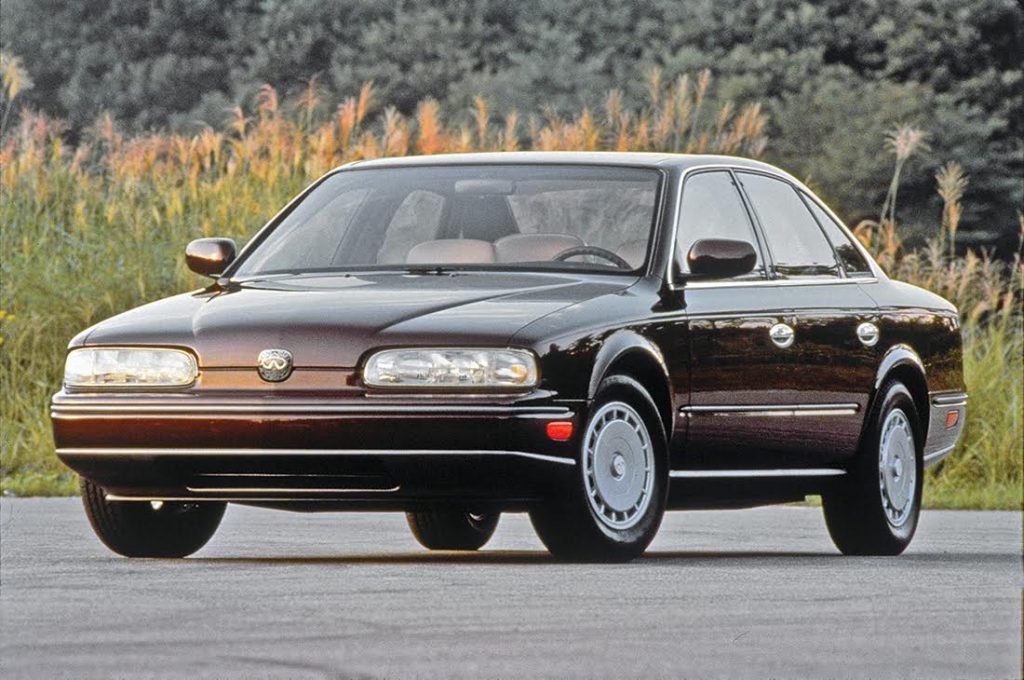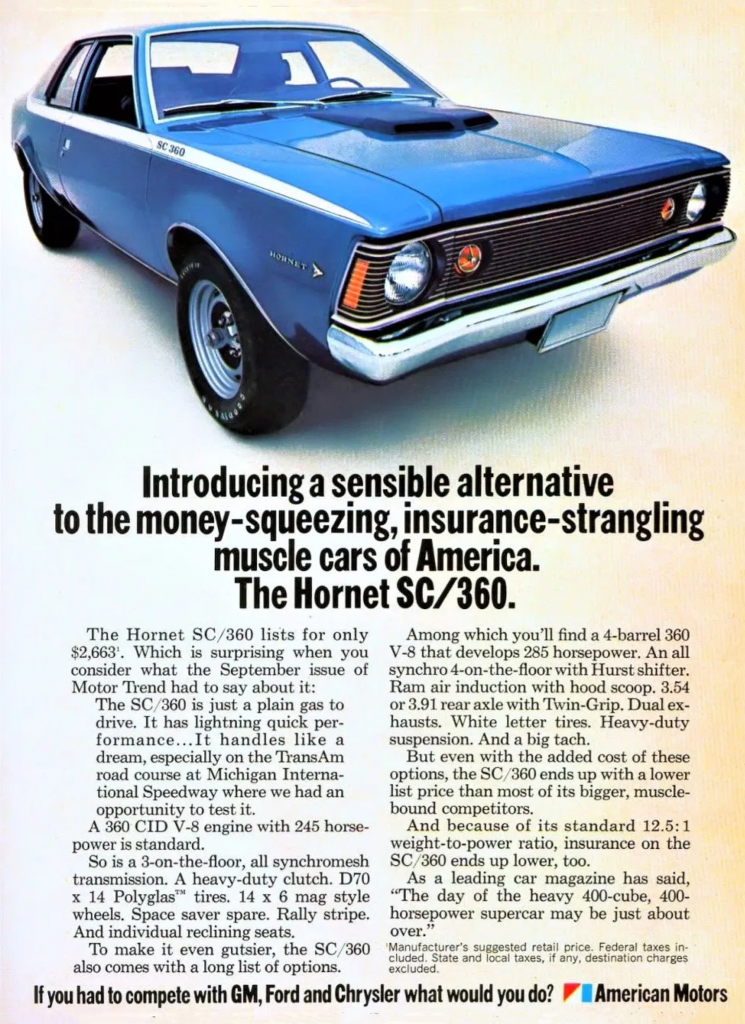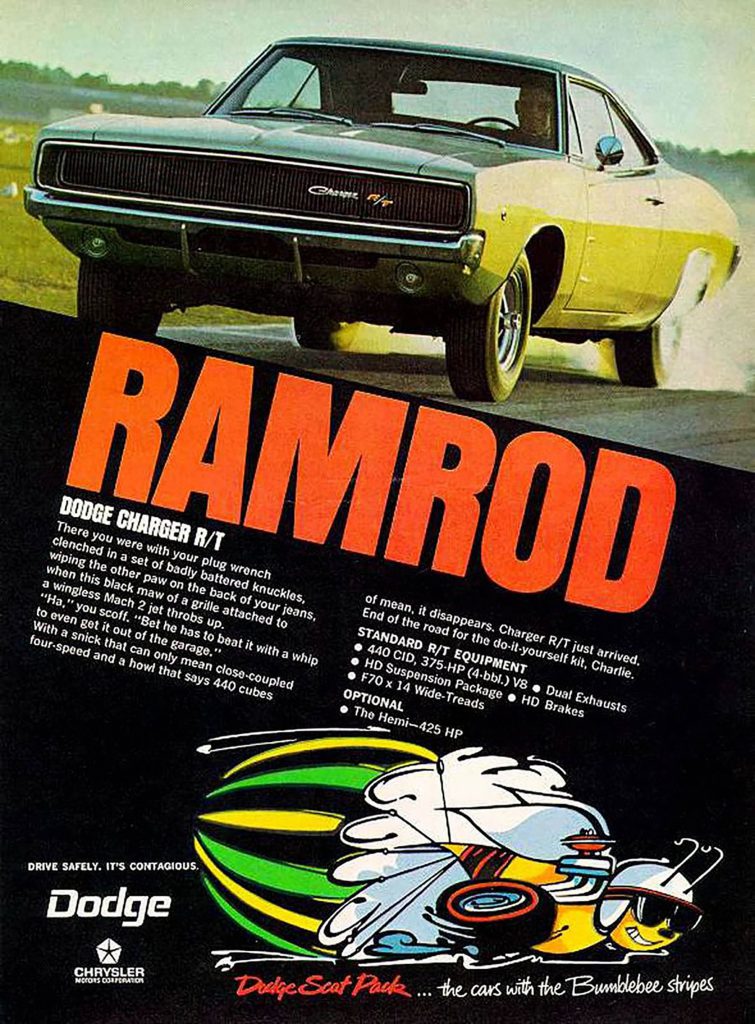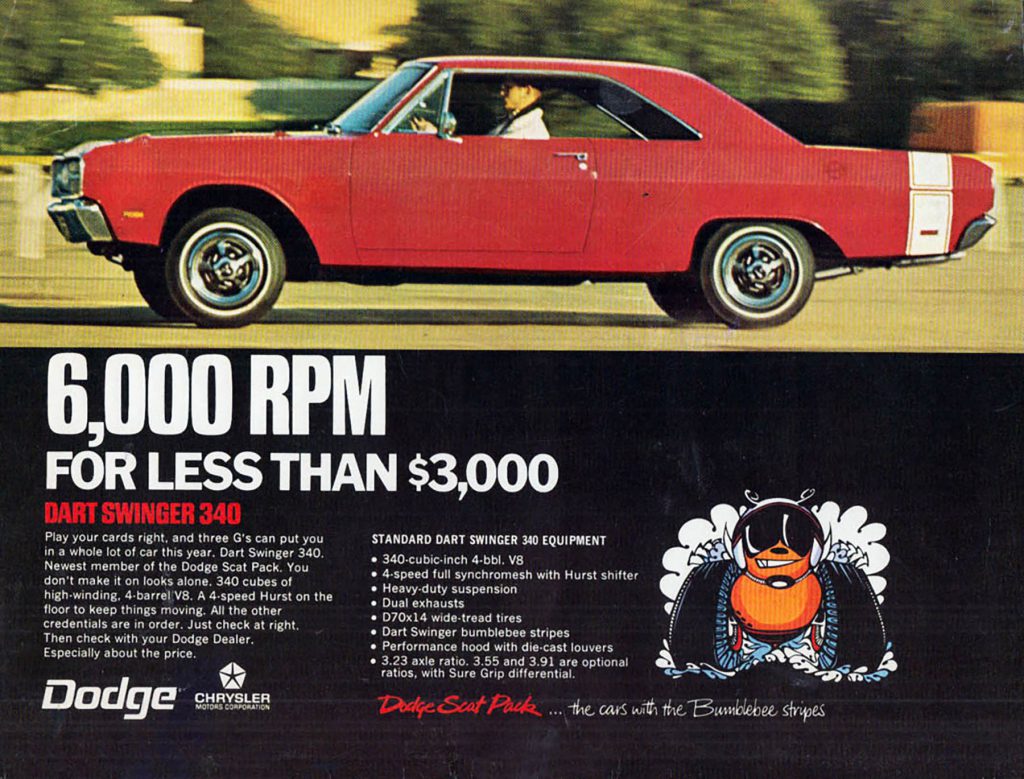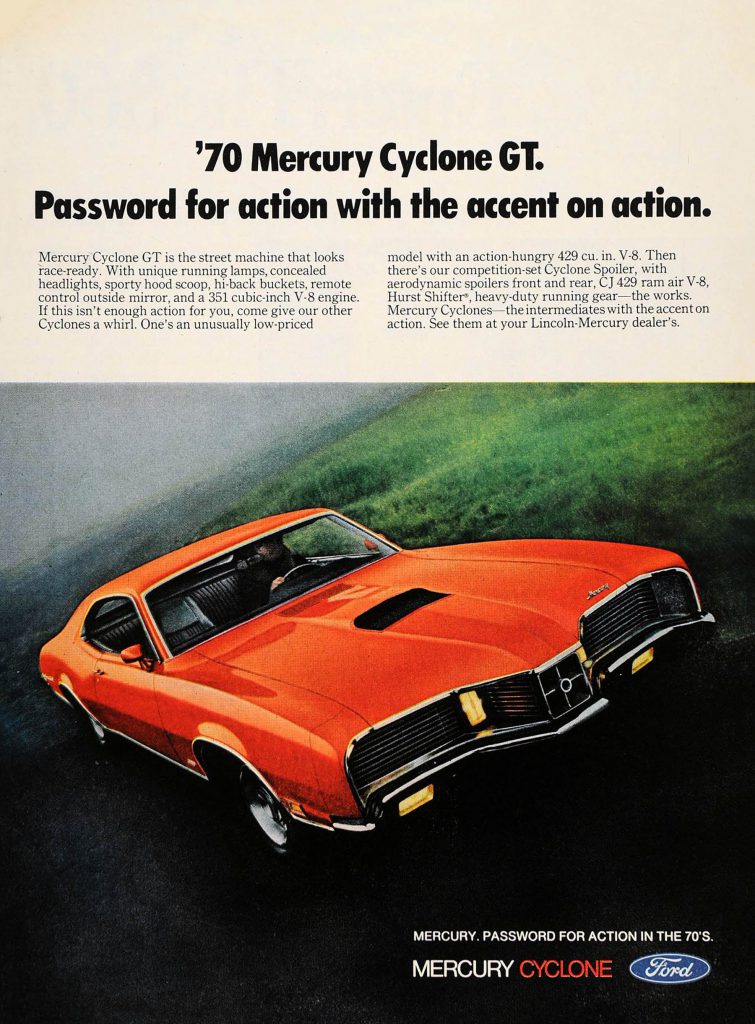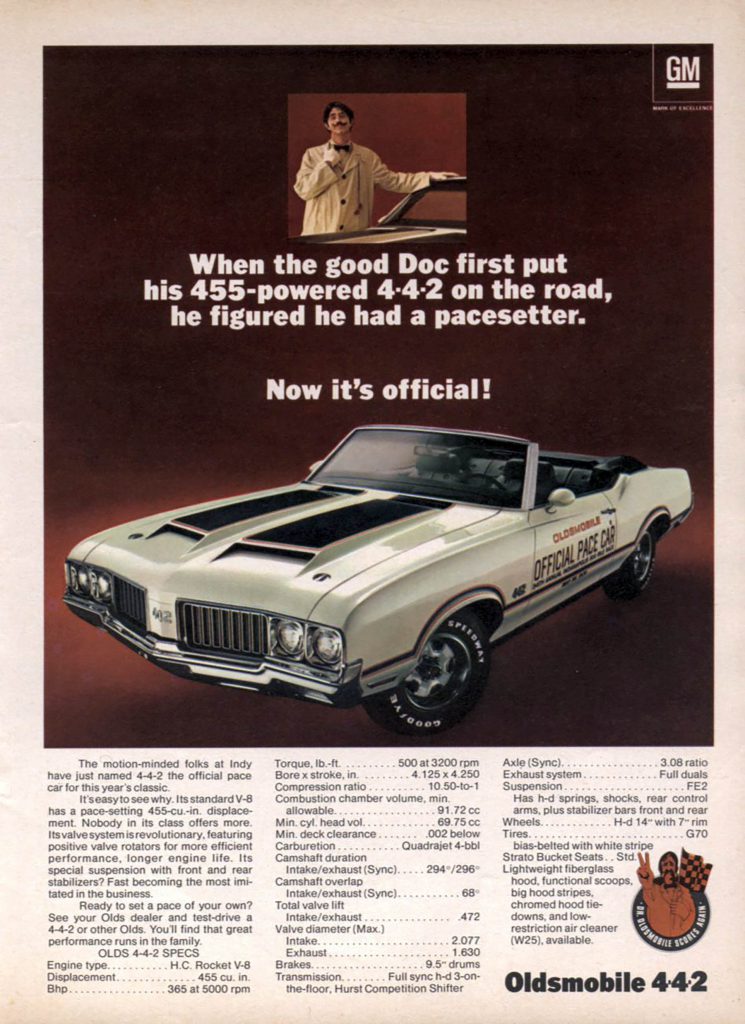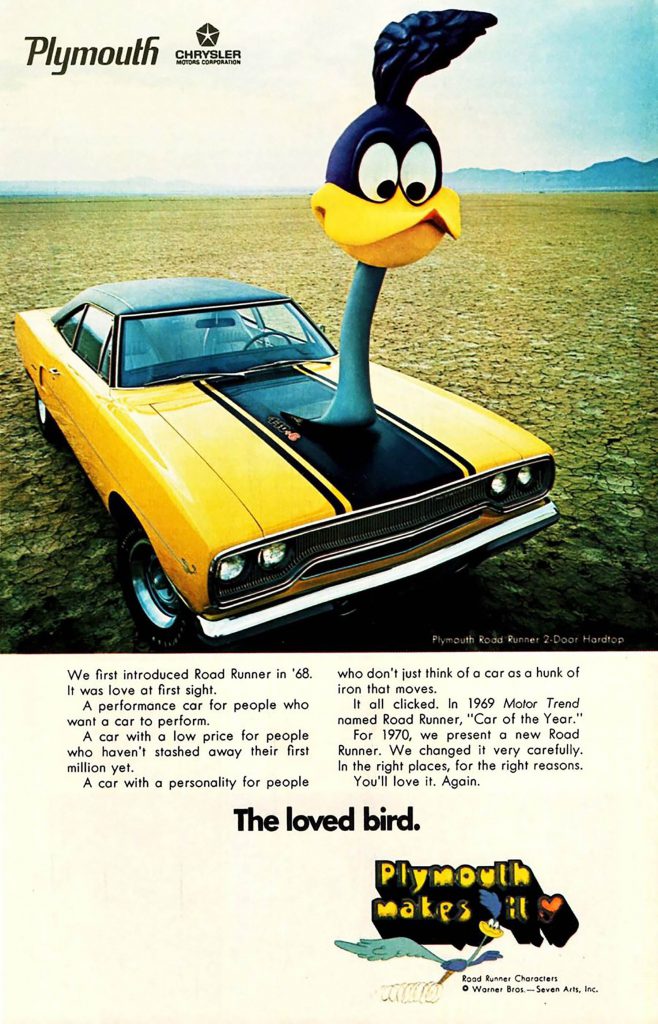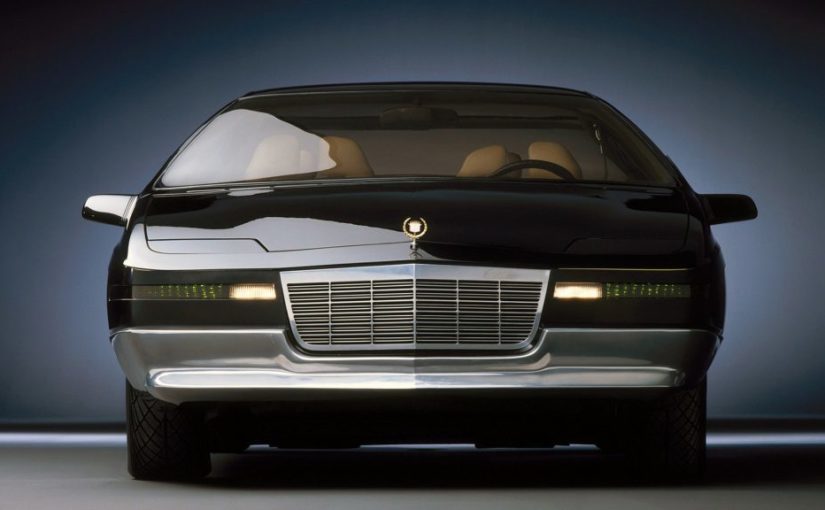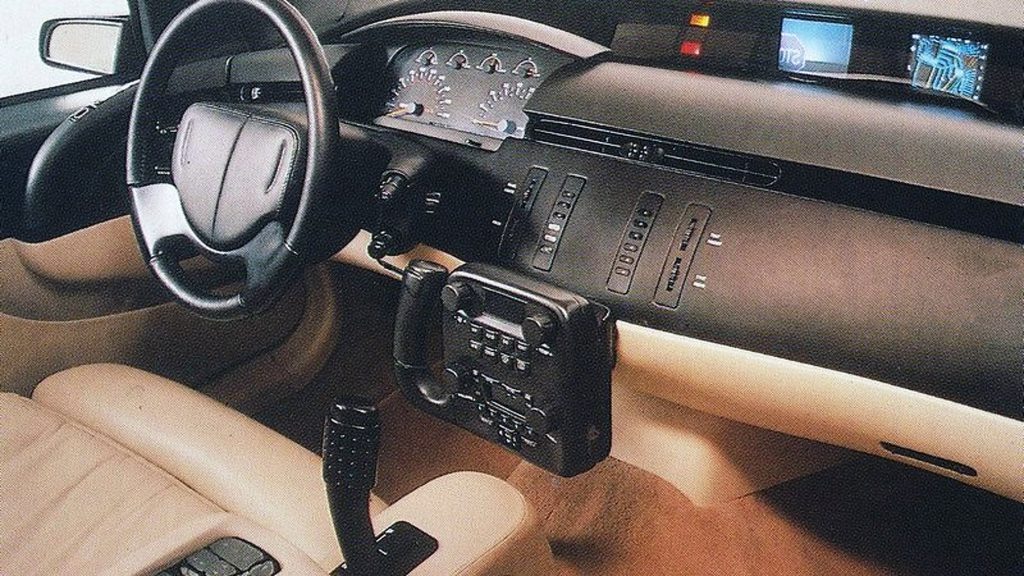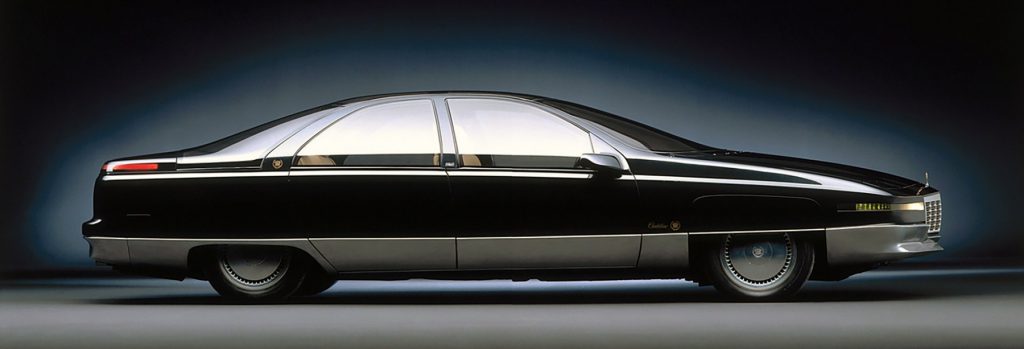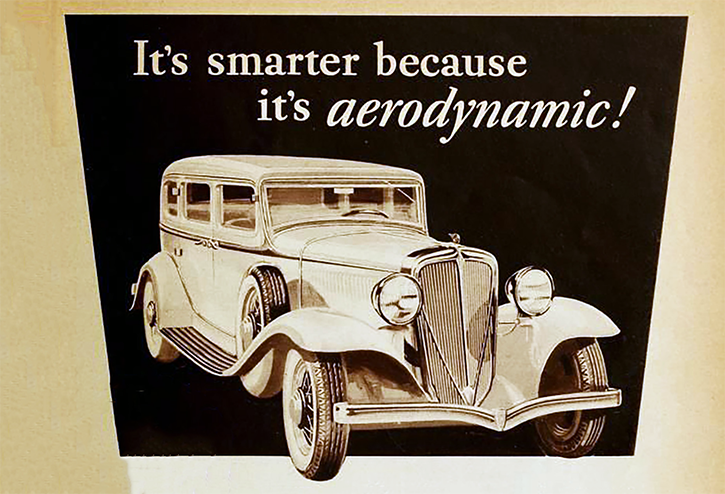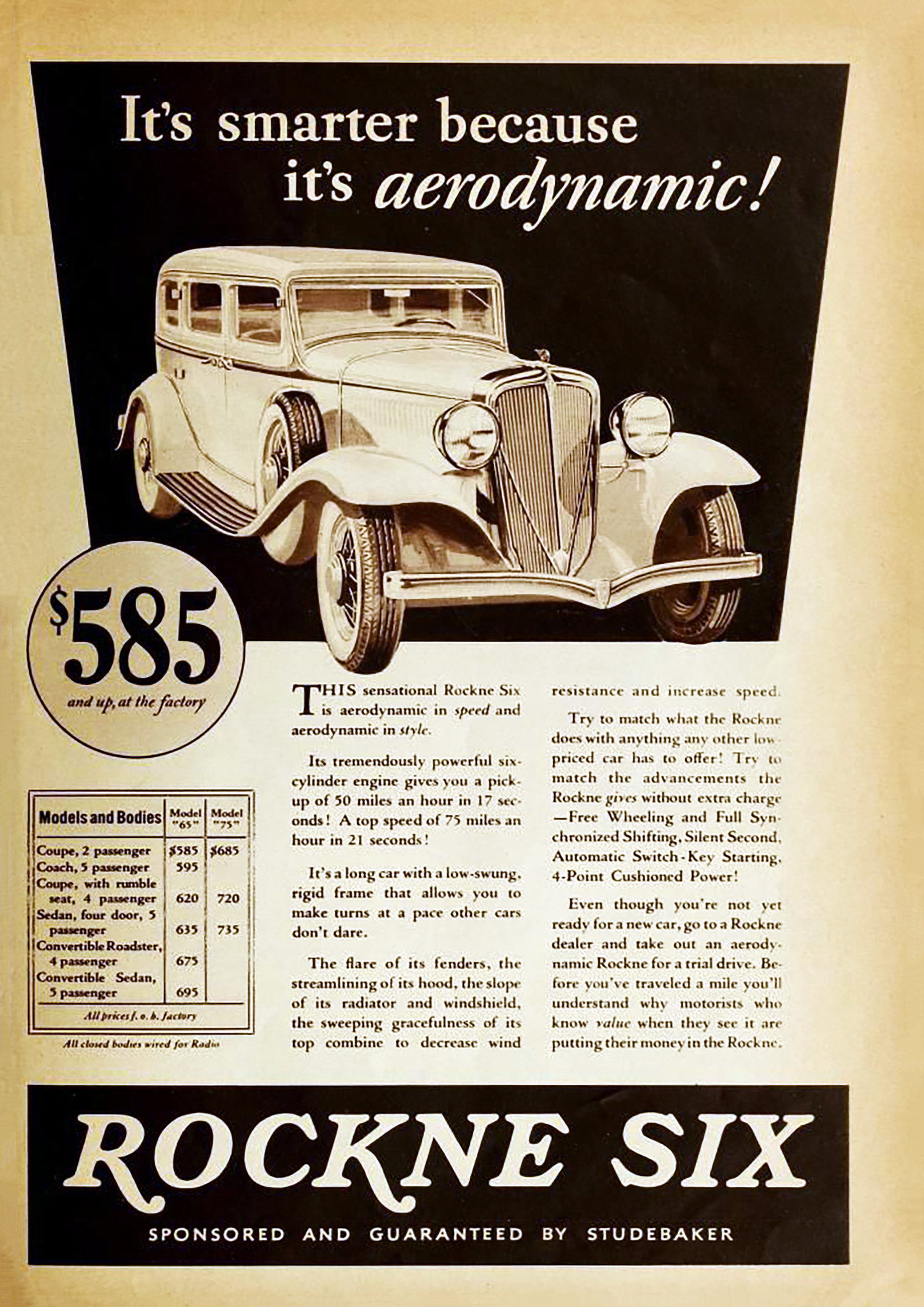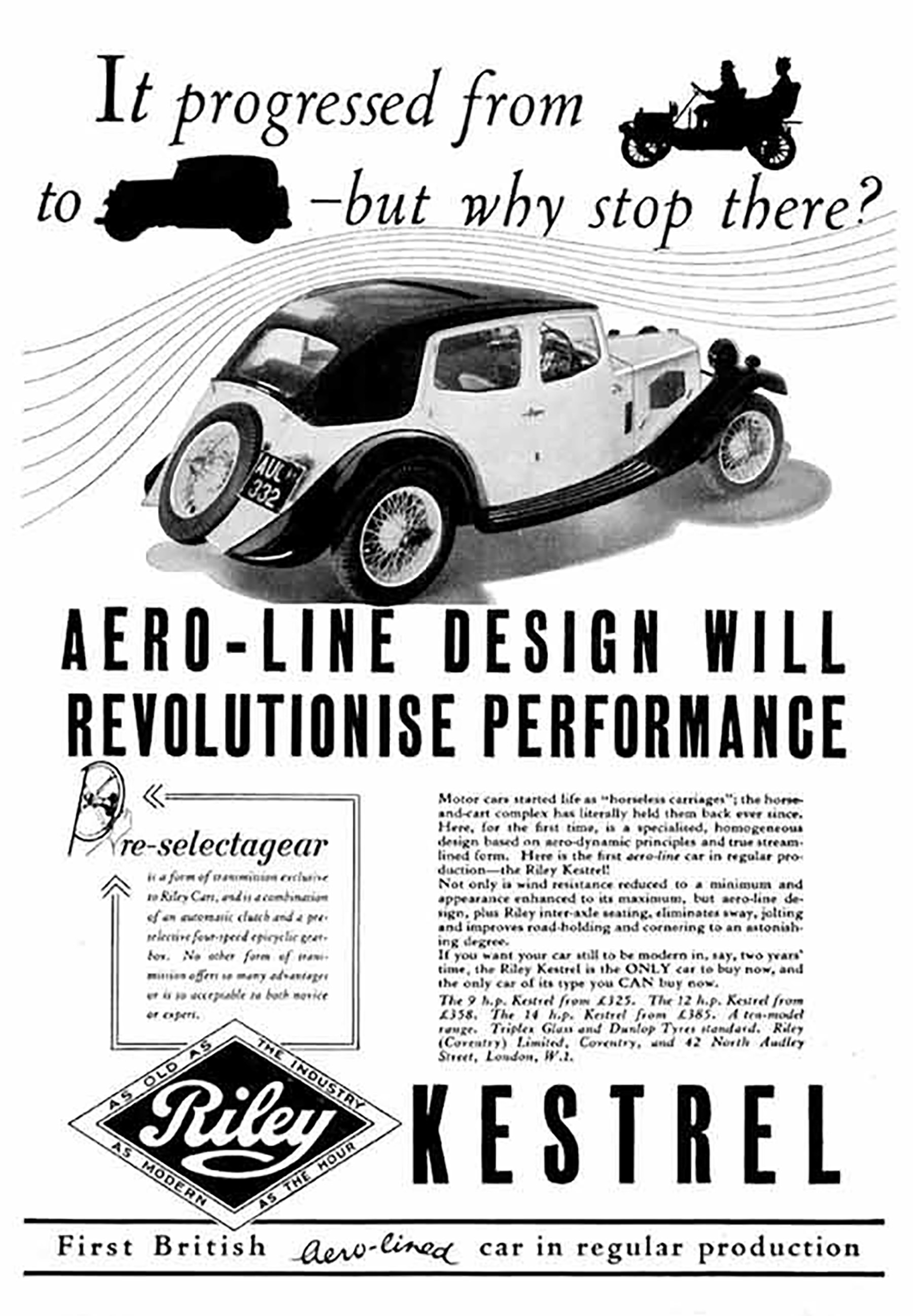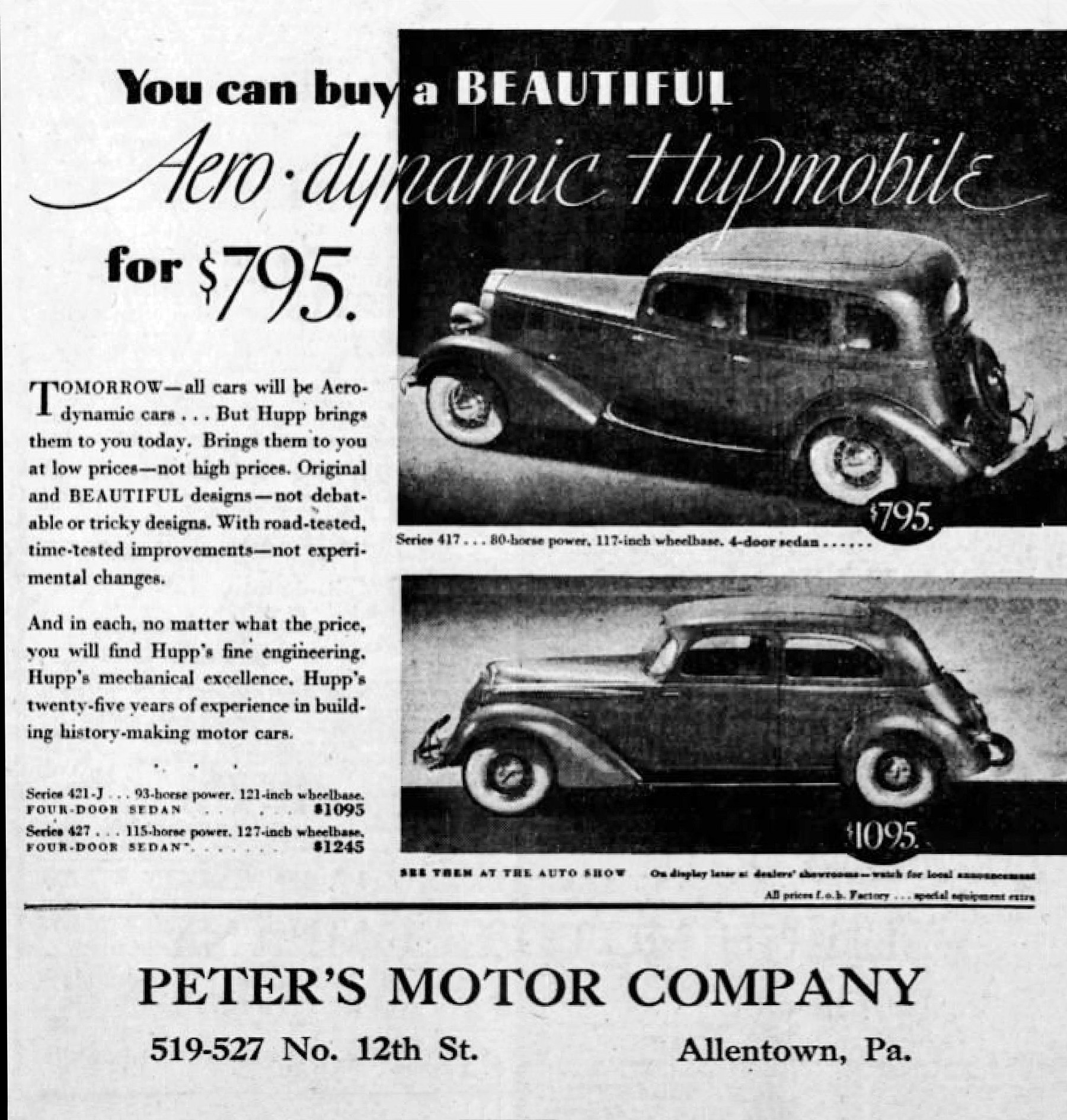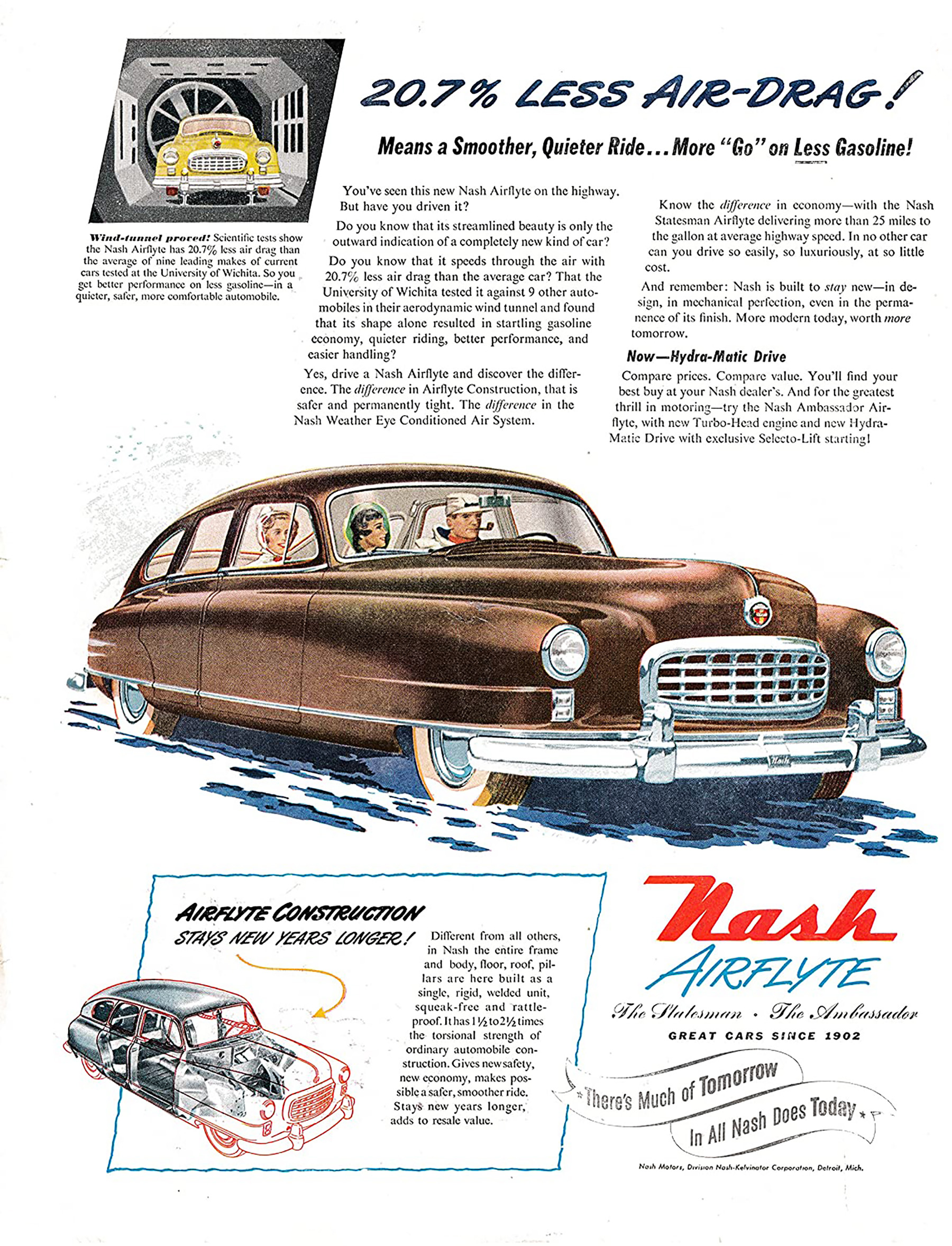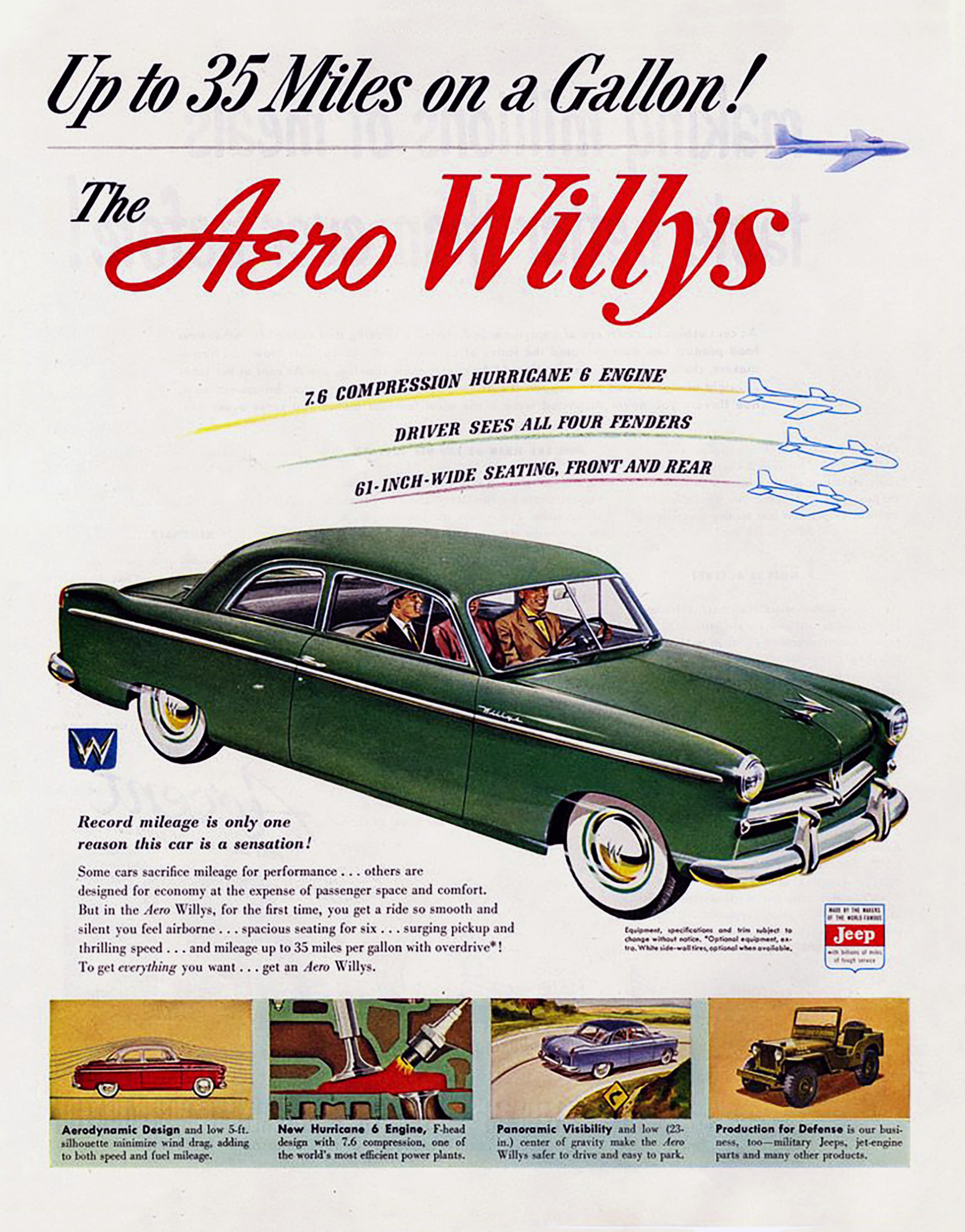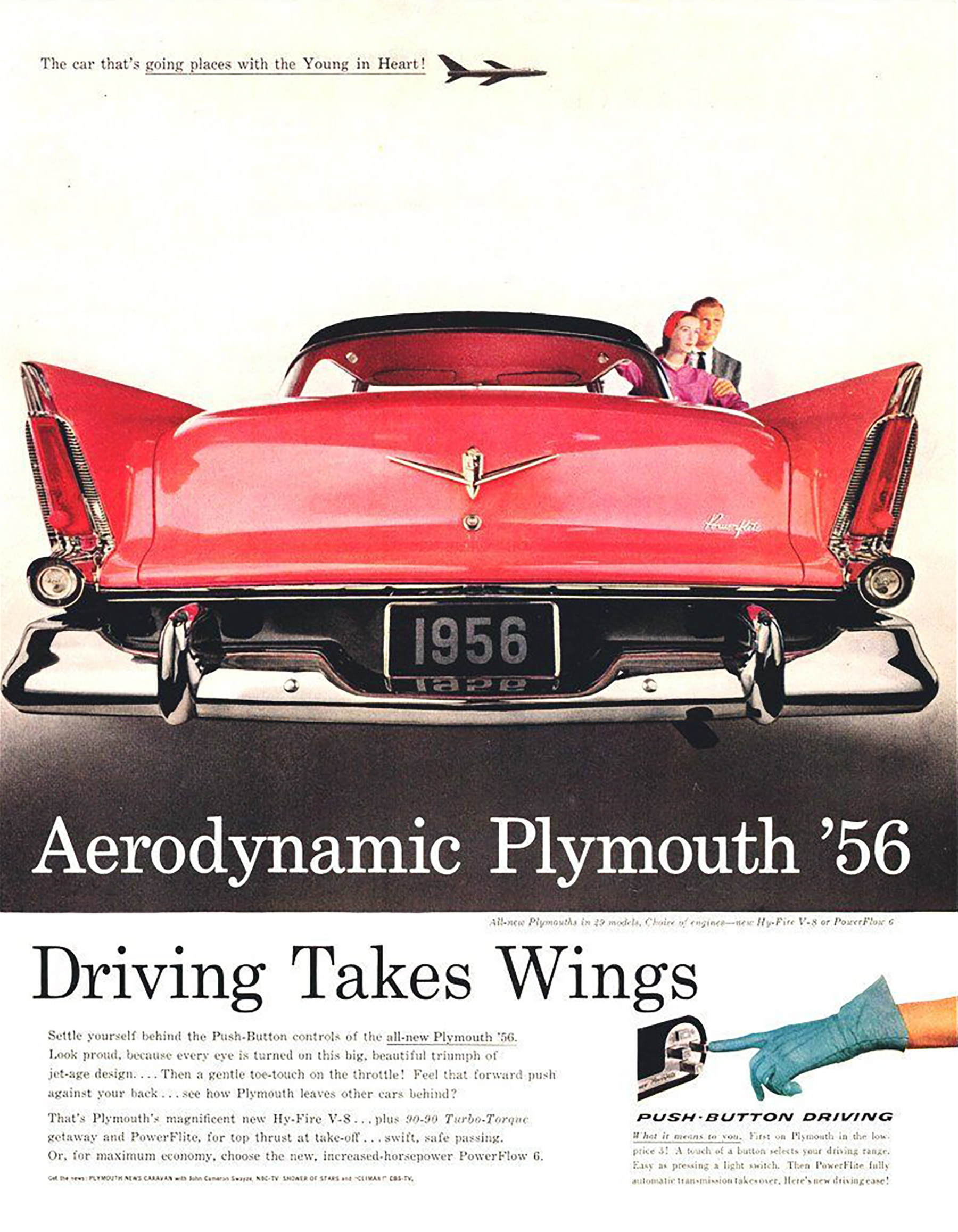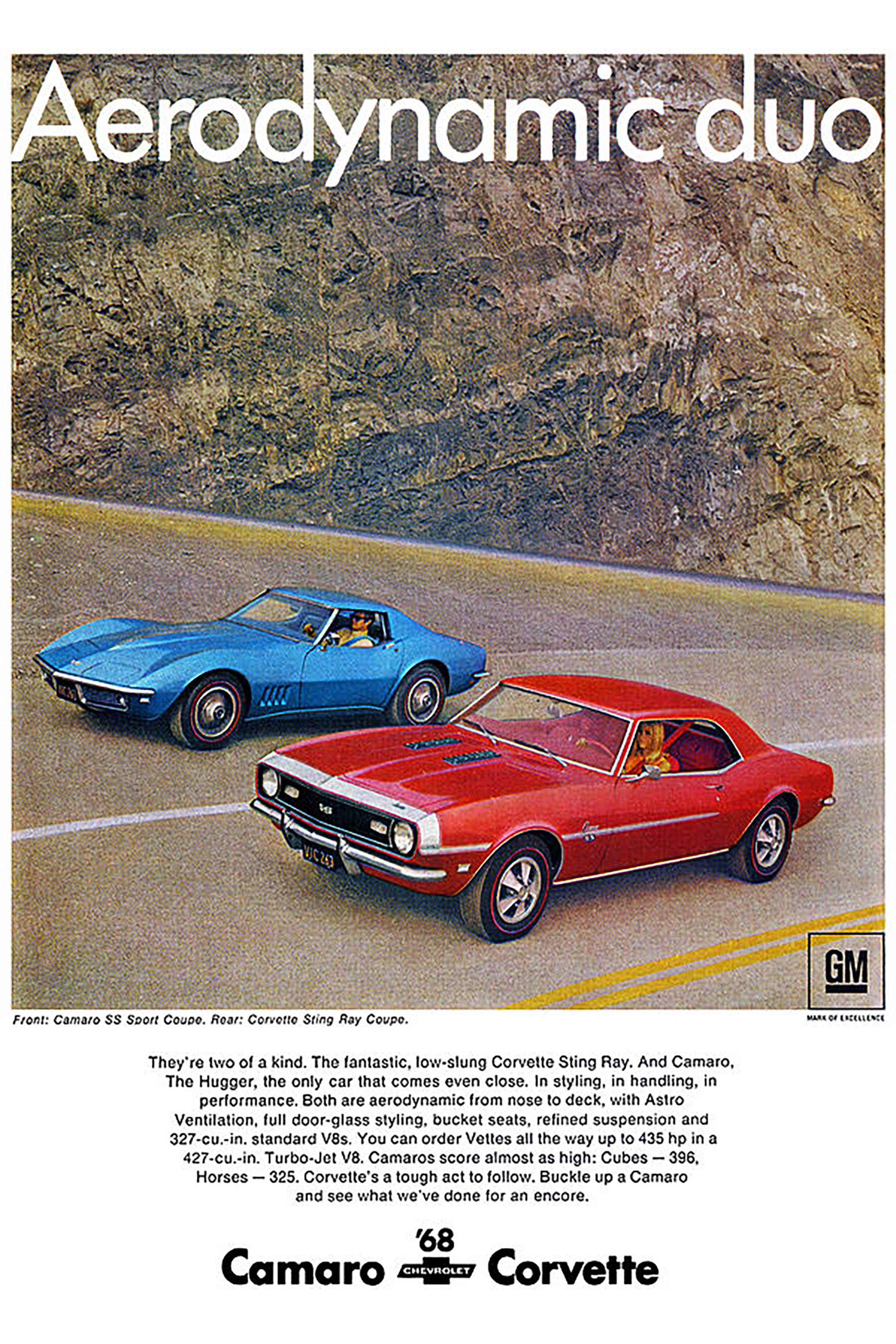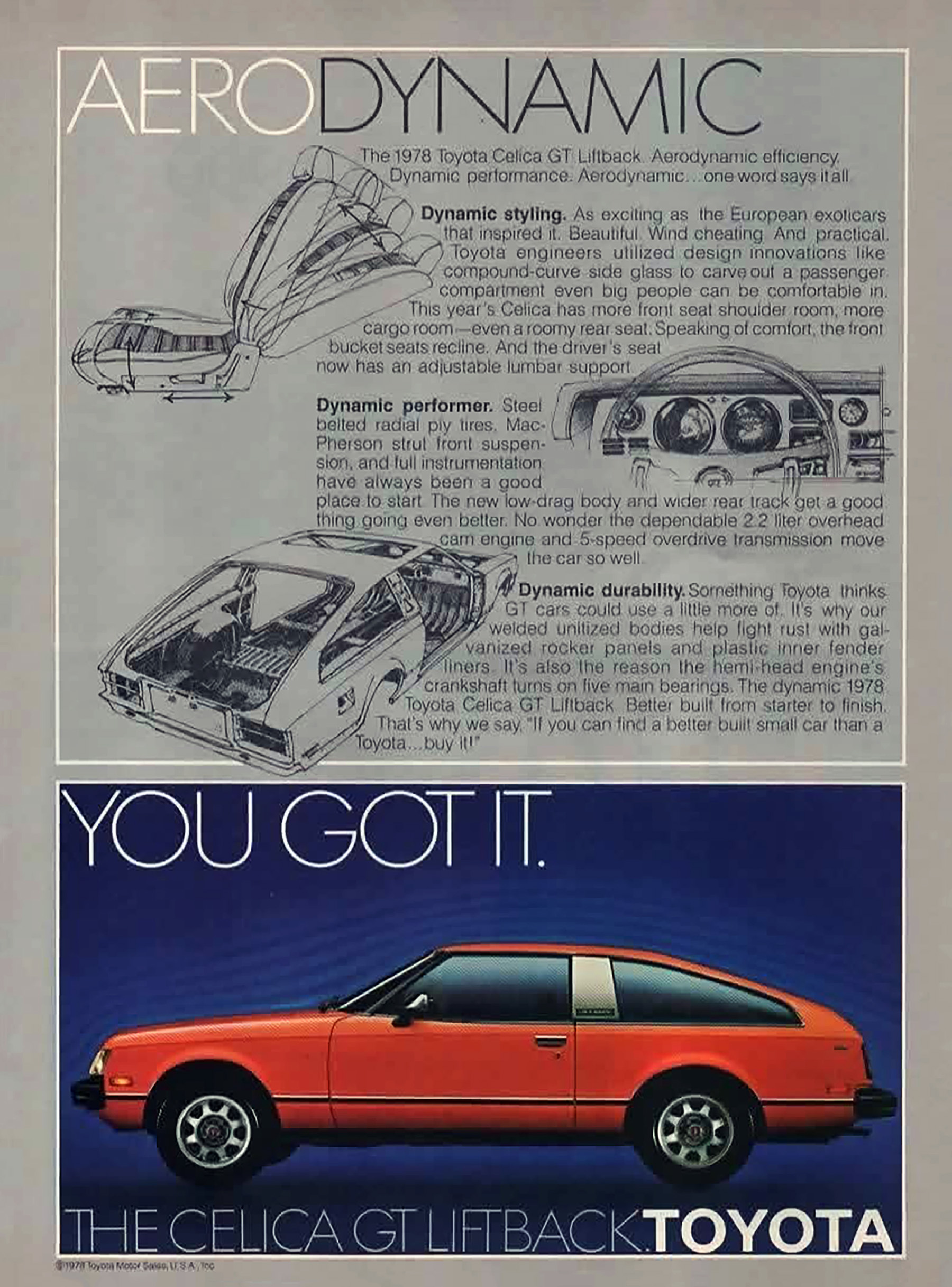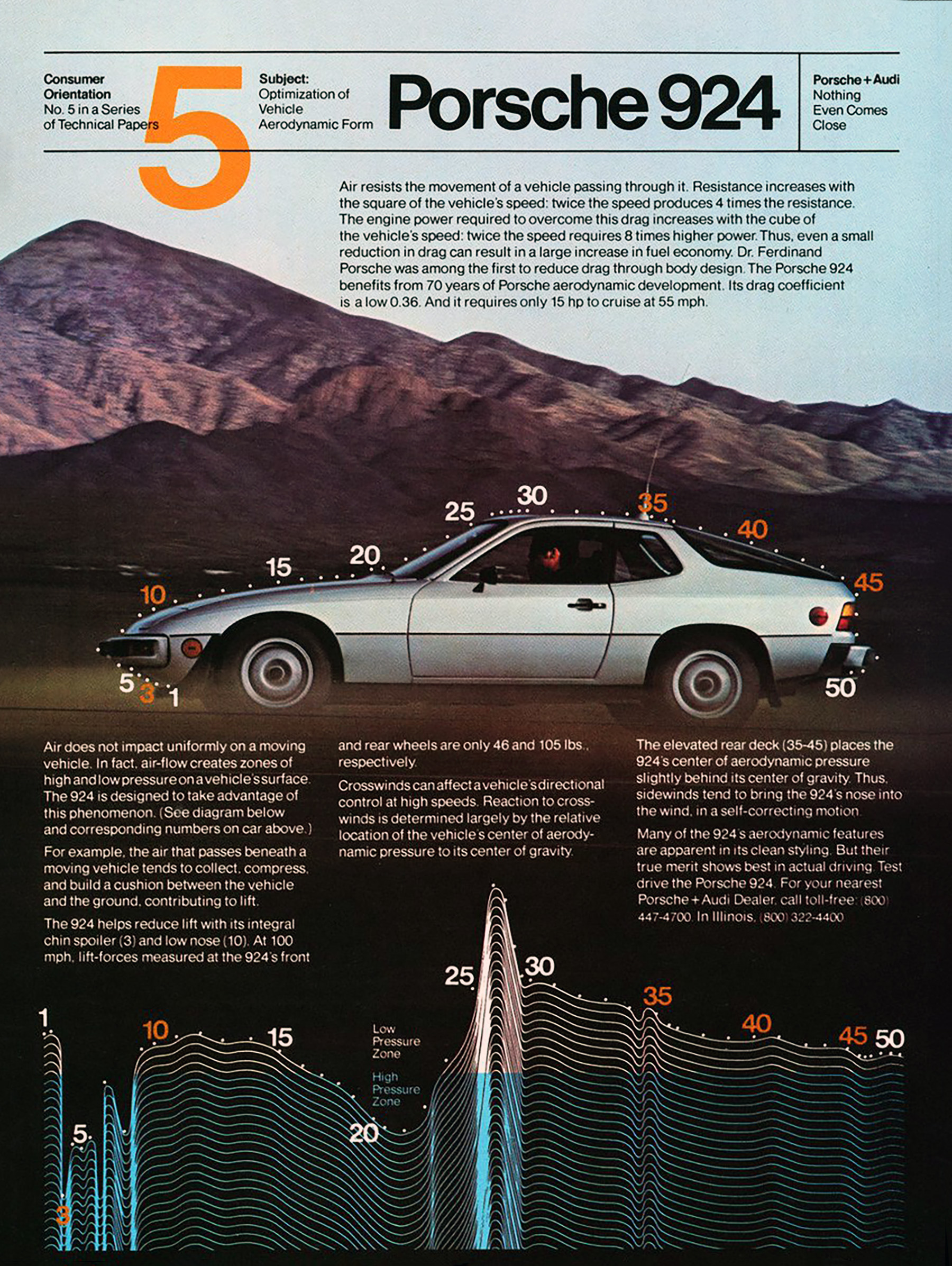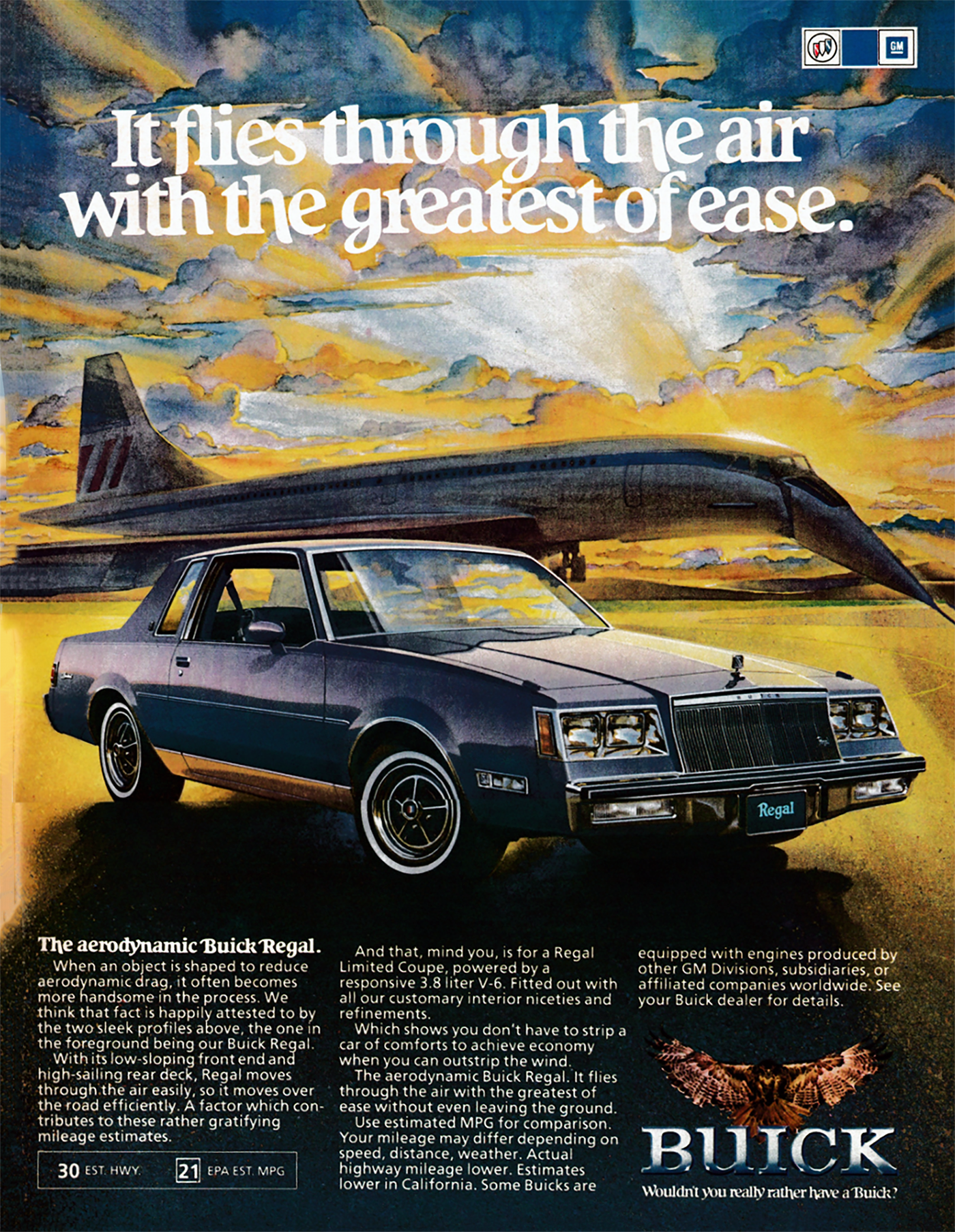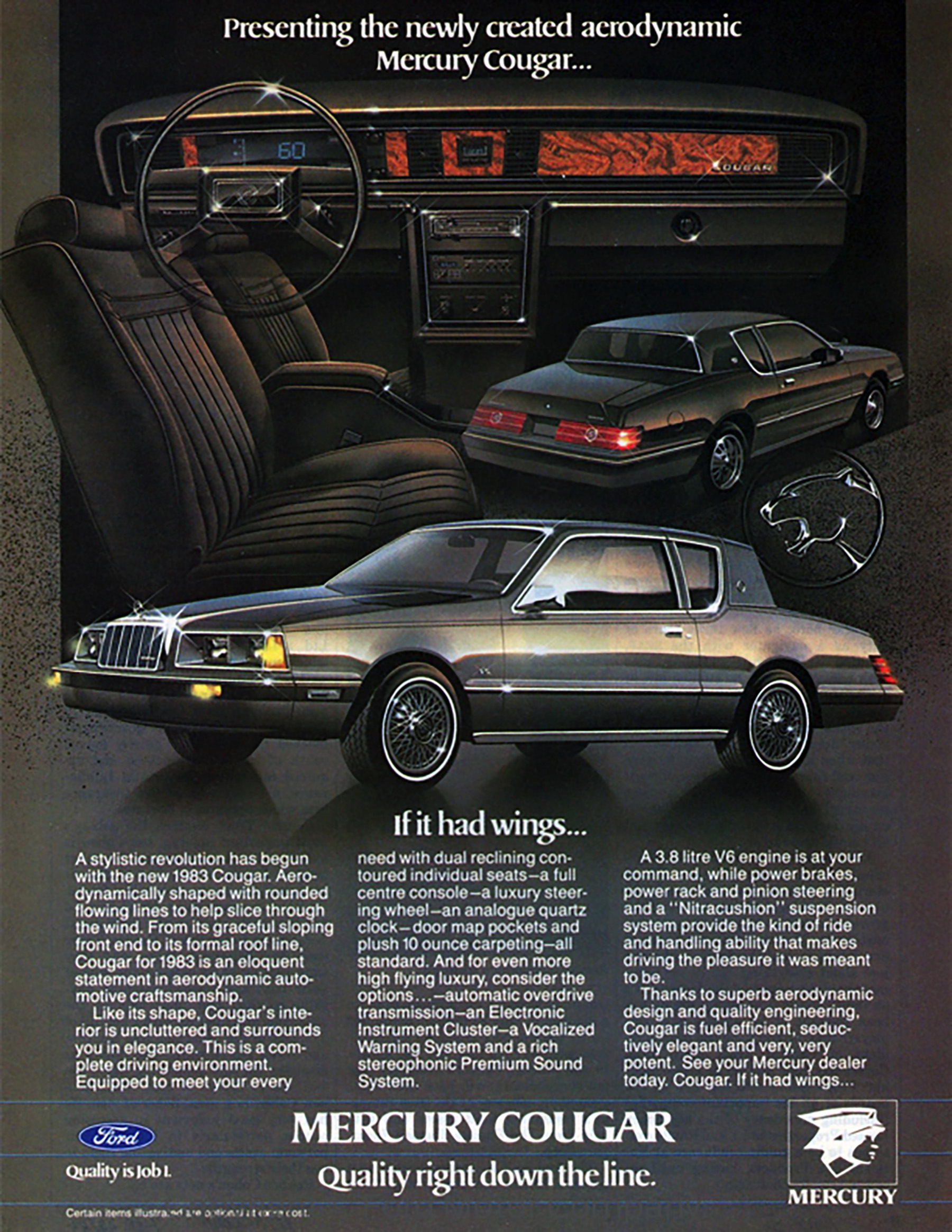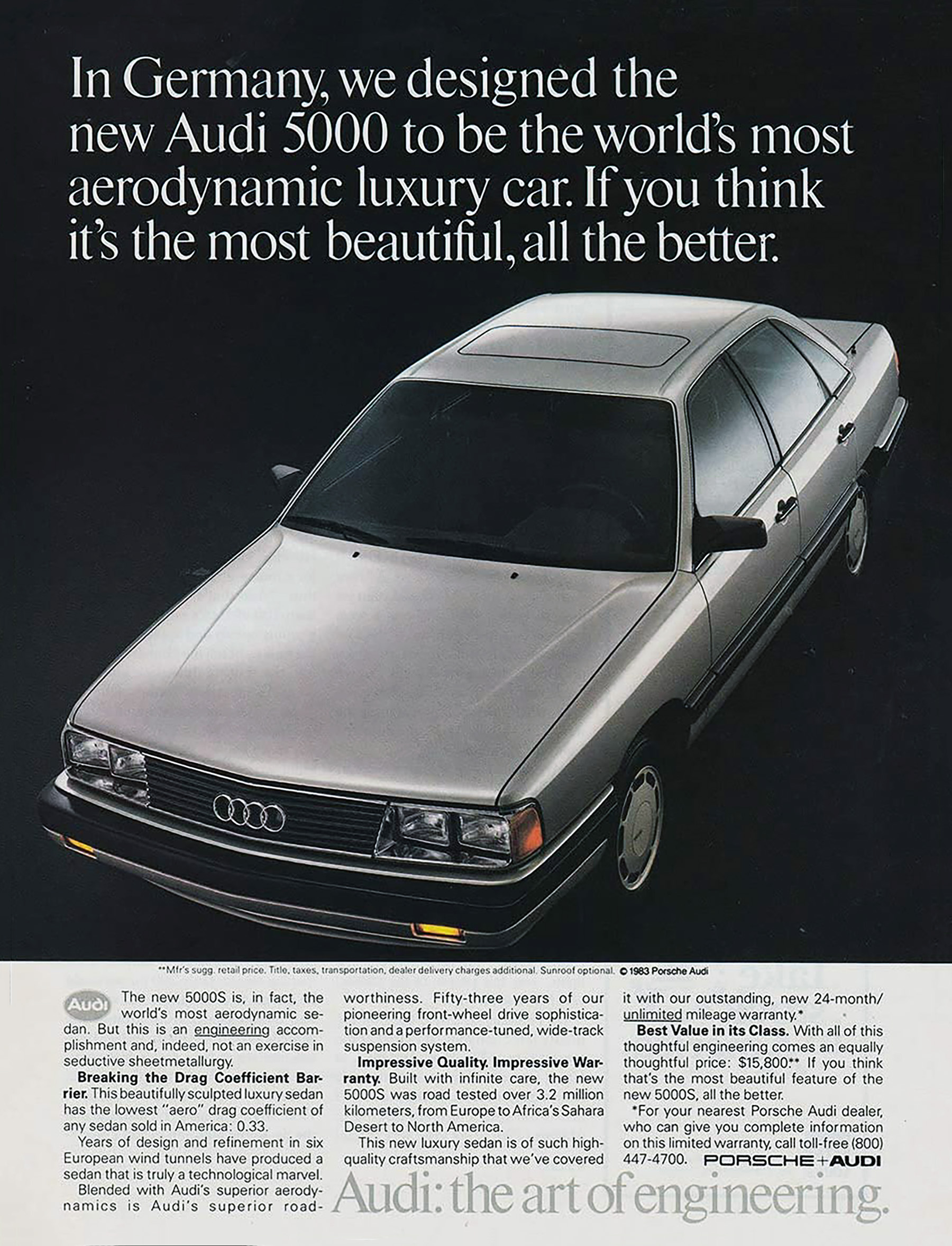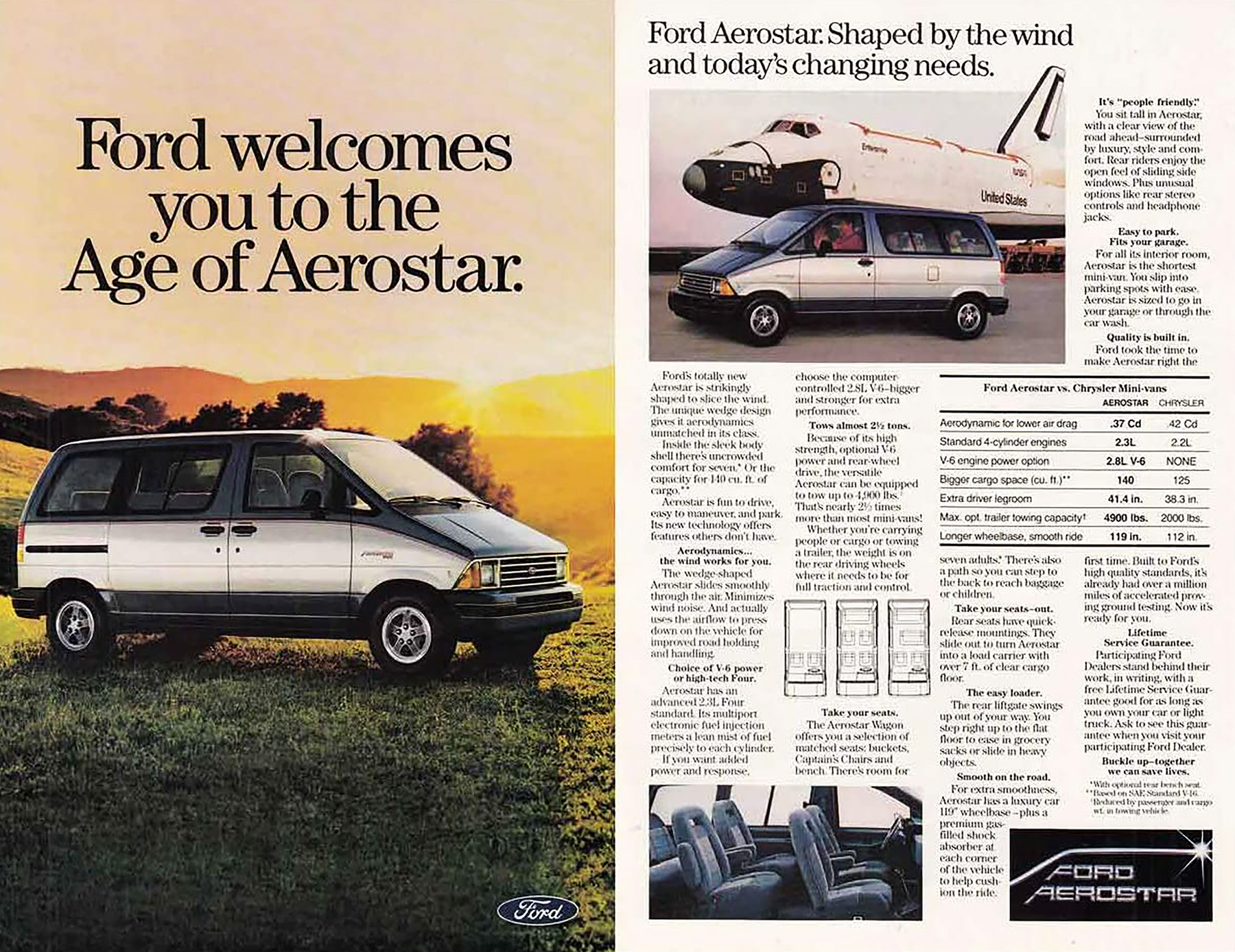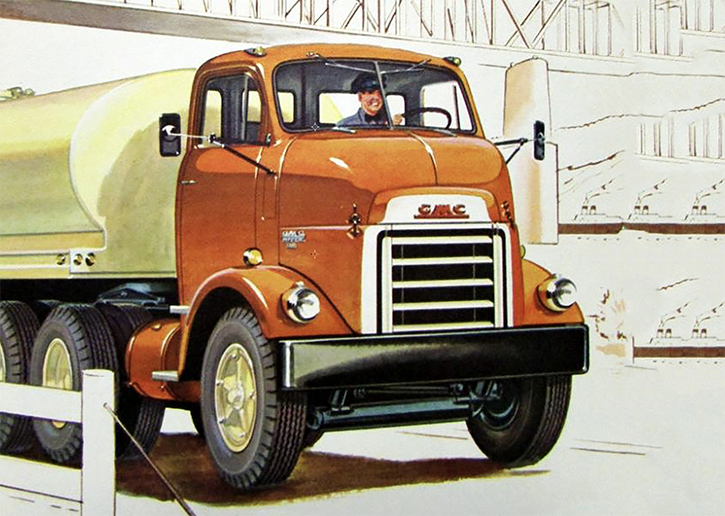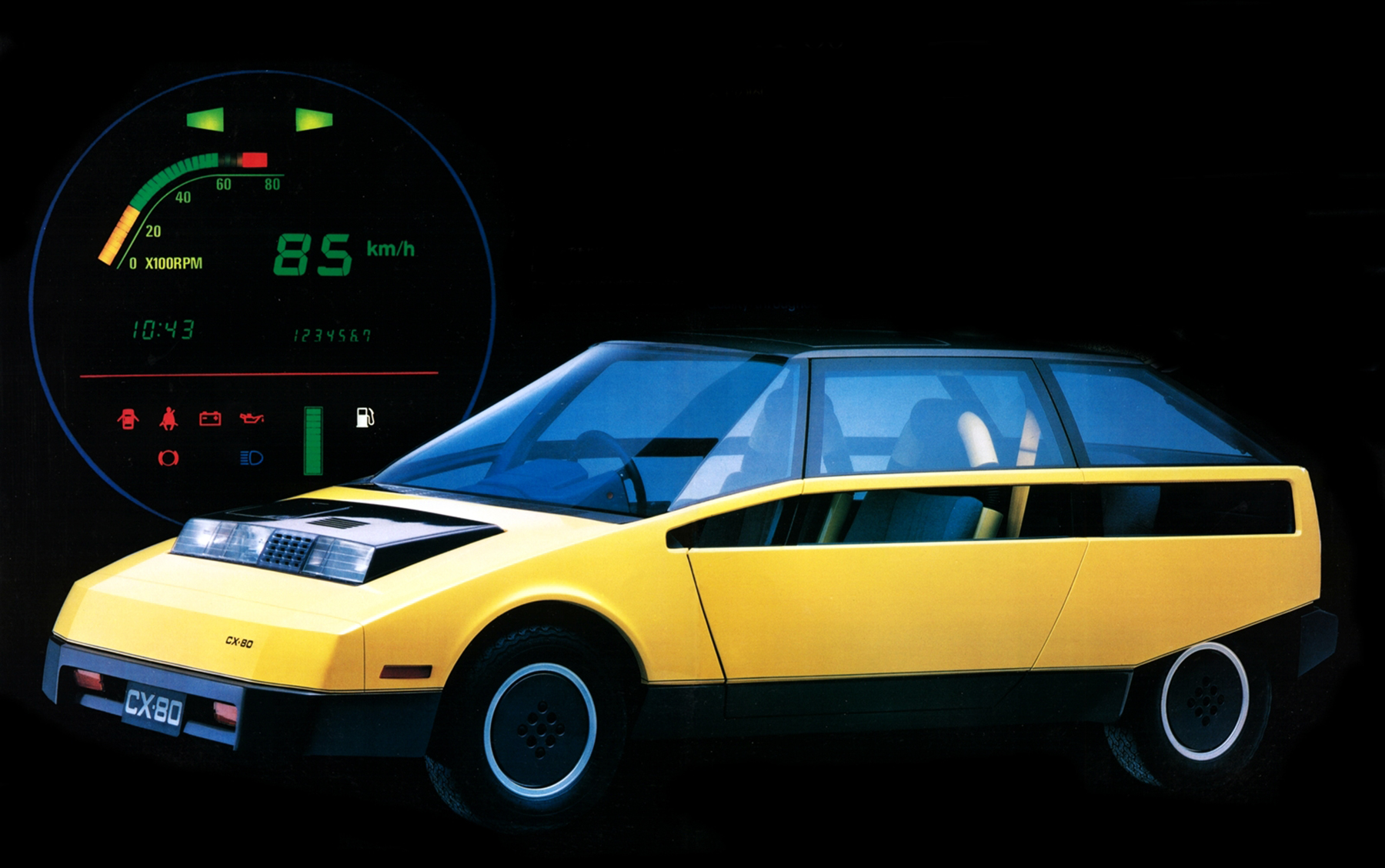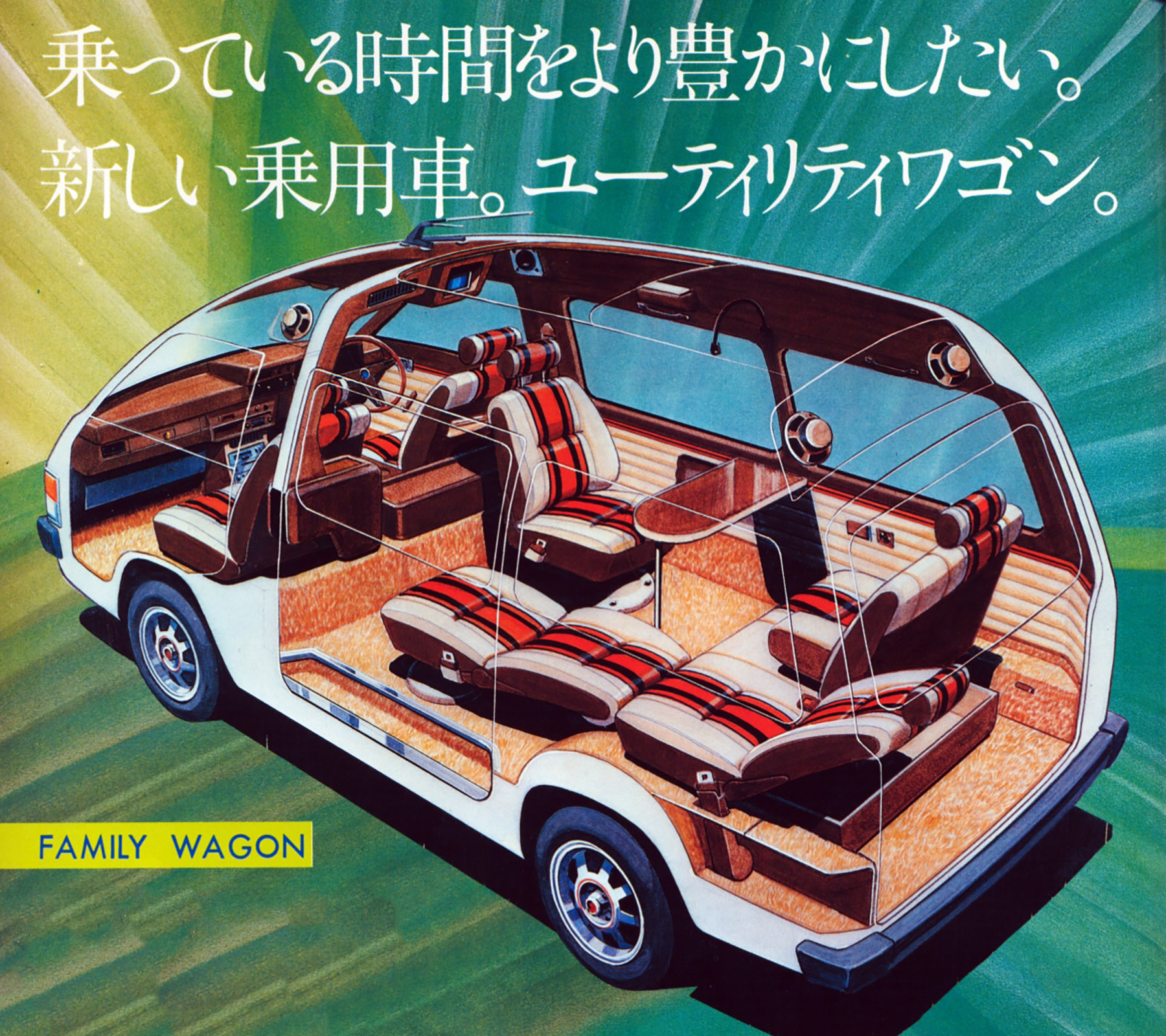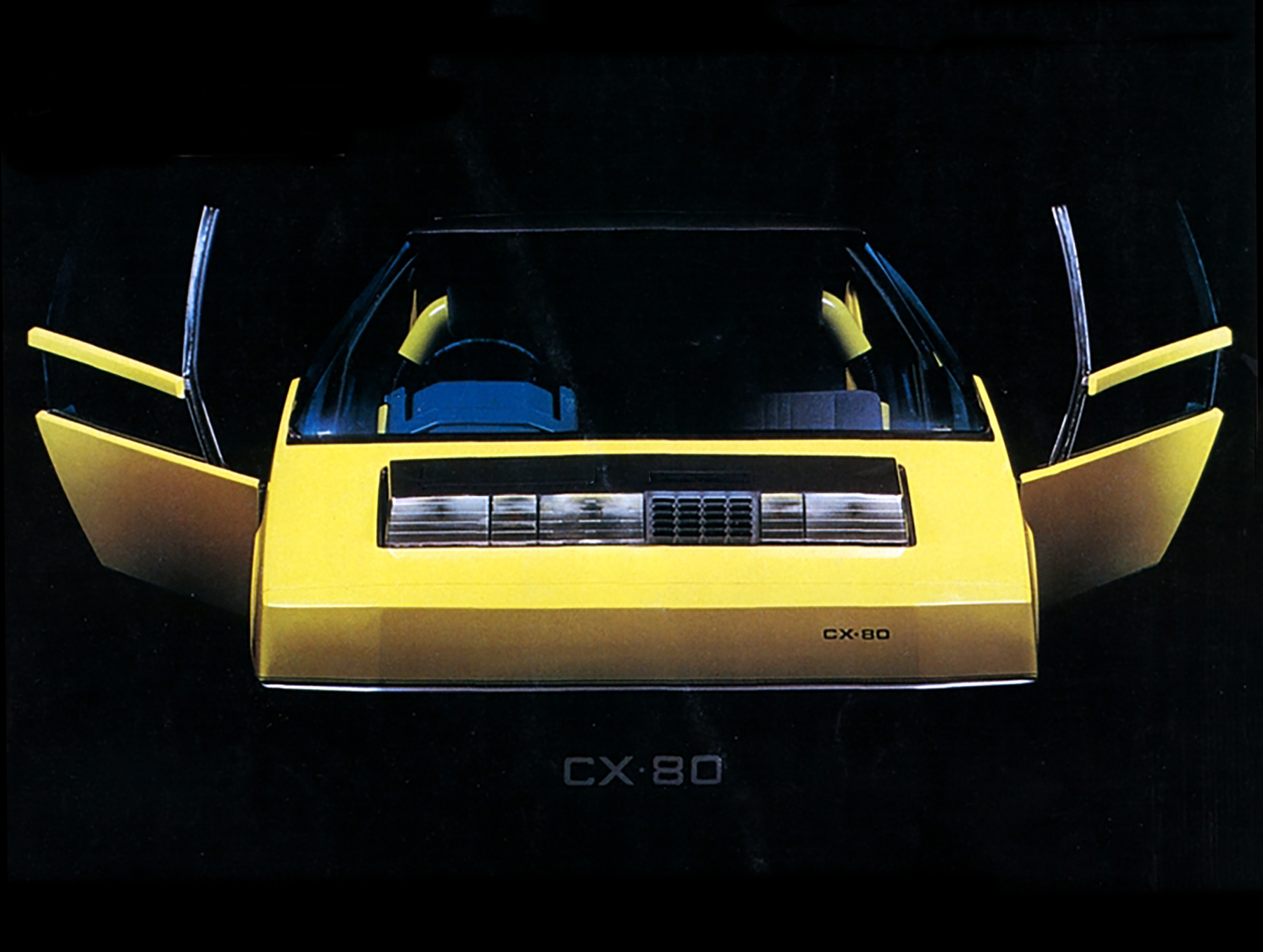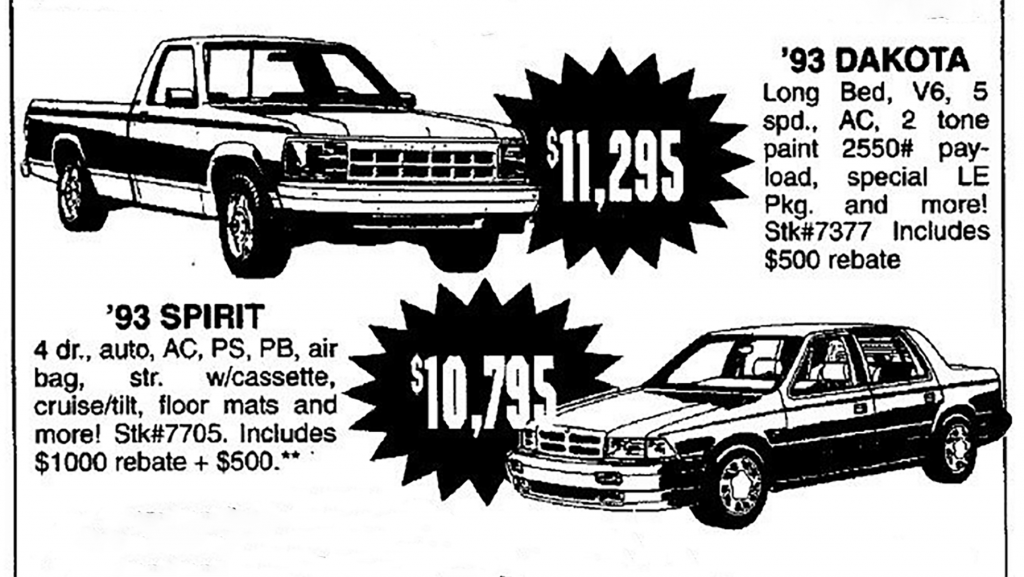
Fun fact: Most car dealers pay a small amount into a regional advertising fund for each vehicle they sell. That money is spent on ads and promotions tailored to reach would-be car shoppers in a given area. In many cases, manufacturers contribute additional cash to the fund. And, depending on the franchise, some of that money may be spent by the dealer on store-specific ads.
Up until relatively recently, much of that funding was spent on newspaper ads. Those of us of a certain age well remember the Saturday automotive section in local newspapers. Here in Chicago, the auto sections of the Tribune and Sun-Times were often the thickest parts of the paper.
What made these sections so much fun to peruse was that the ads were entirely unlike the professional, high-quality brand campaigns being implemented at the national level. Instead, the local print ads (most of which consumed a quarter page, though bigger dealers often shelled out the money for full-page ads) were packed with oversize-typeface prices, gaudy graphics, and sensational promises.
Back then, watching a national-market Ford television commercial and then seeing a local Ford dealer ad in the paper was not unlike leaving a church service and walking directly into a gentleman’s club–though not quite as subtle.
Here, we’ve collected a dozen vintage dealer print ads, all of which were found in local newspapers. If you recall any great dealer ads, tell us about it. The place to leave comments is down below.
Classic Dealer Ads
1950

1950 Studebaker
Stop-and-Go Madness! A Gallery of Classic Car Ads Featuring Brakes
1958
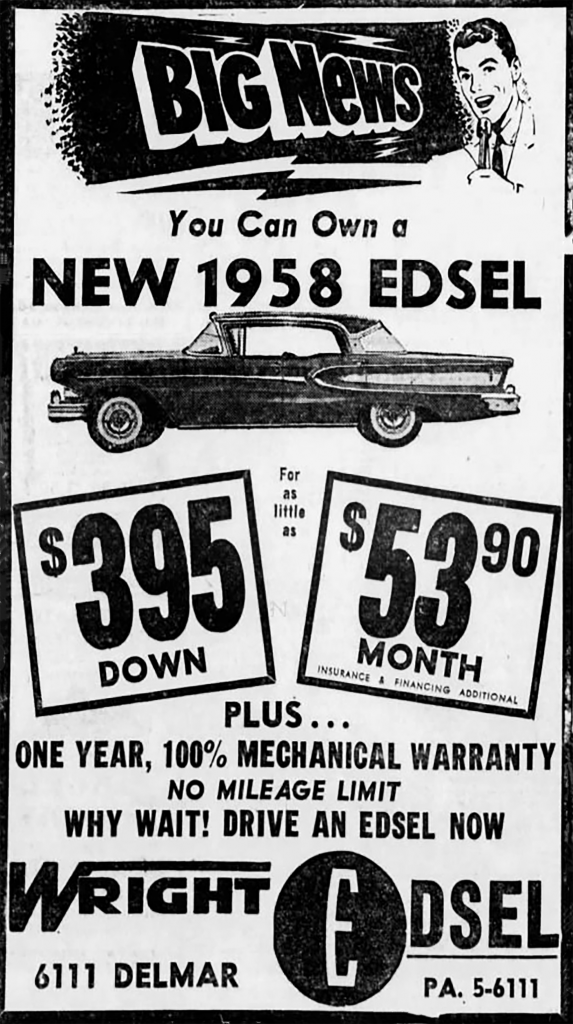
1958 Edsel
Rand Road Revisited: A Used Car Dealer Gallery
1962
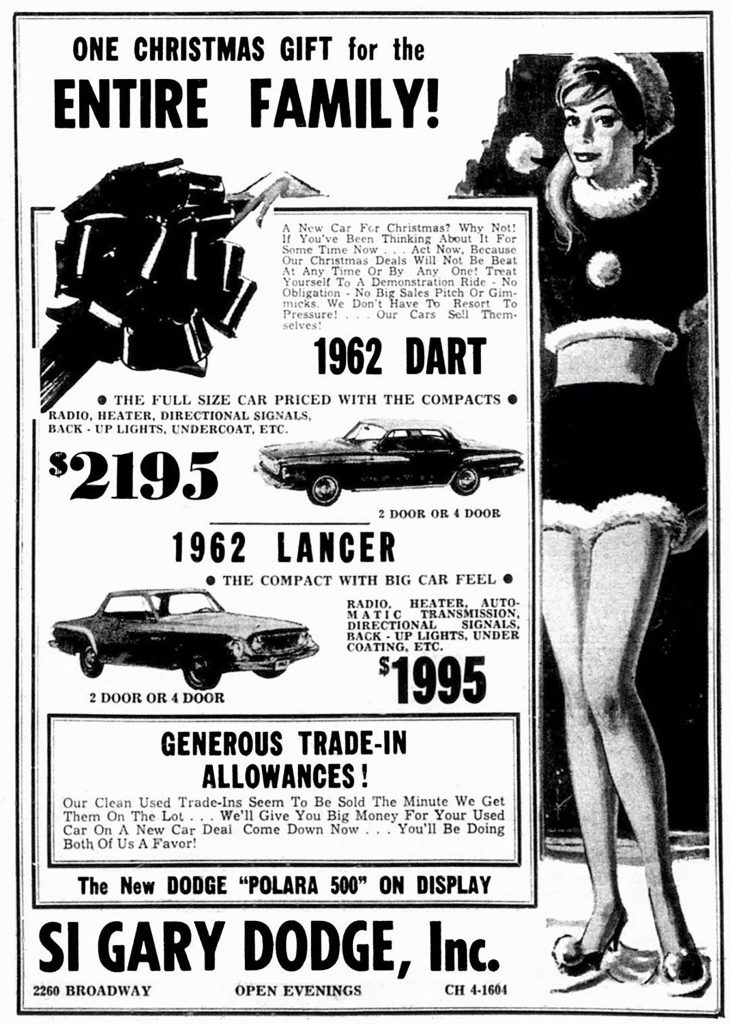
1962 Dodge
Classic (C)architecture: Chicago’s Historic Motor Row
1967

1967 Volkswagen (Canada)
You’re on Your Own: How Your New-Car Salesman Gets Paid
1970
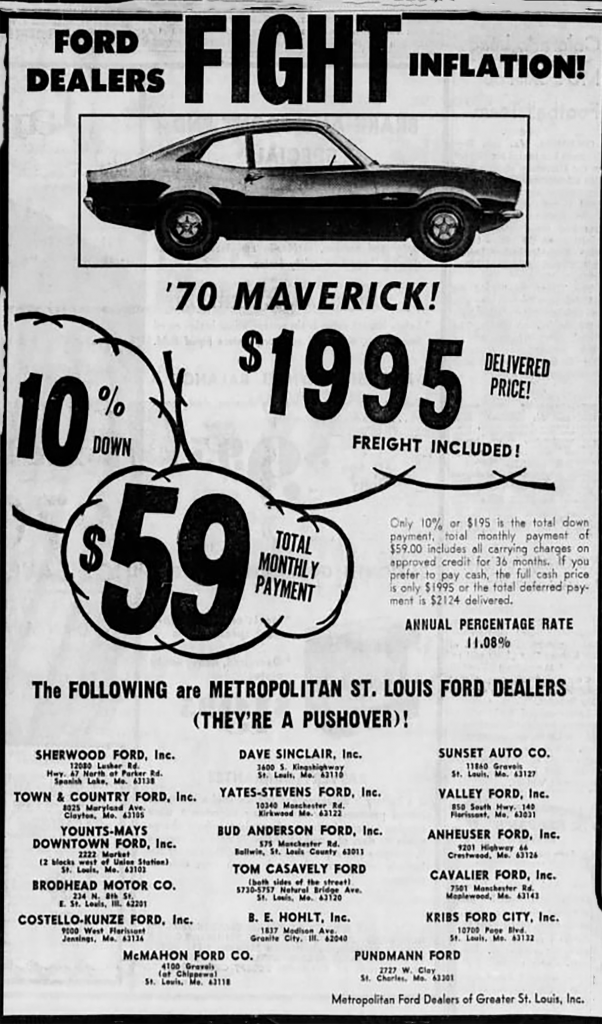
1970 Ford
Model-Year Madness! 10 Luxury-Car Ads From 1979
1977
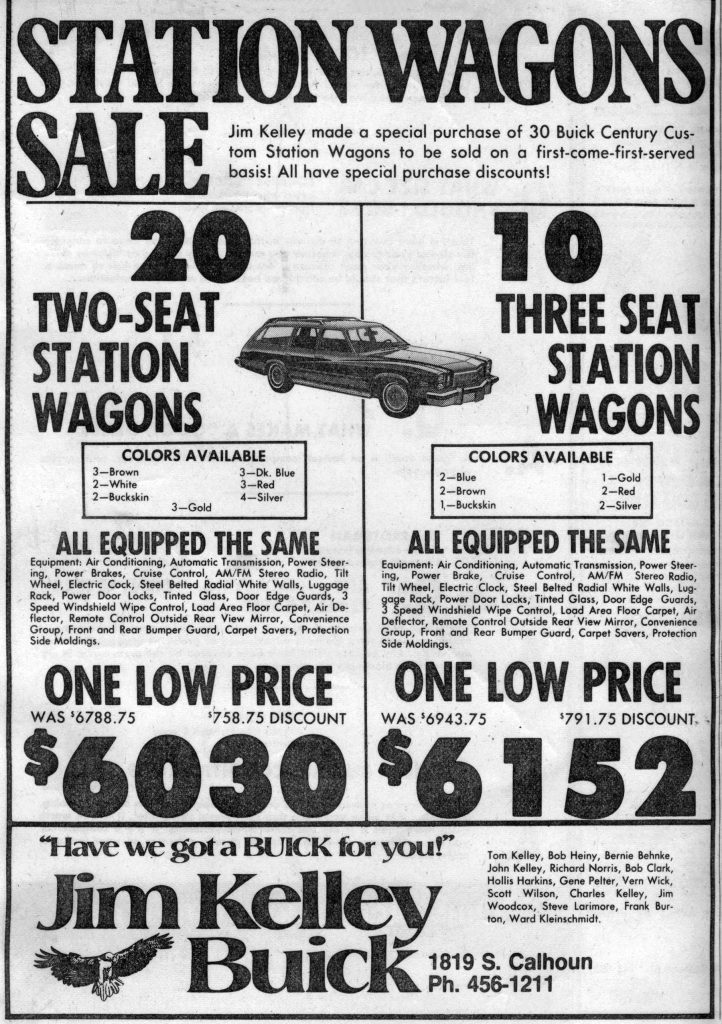
1977 Buick
Remembering My Old Chryslers: The Infallible Coronets and the ’70s Cars with the Crooked Parts
1977
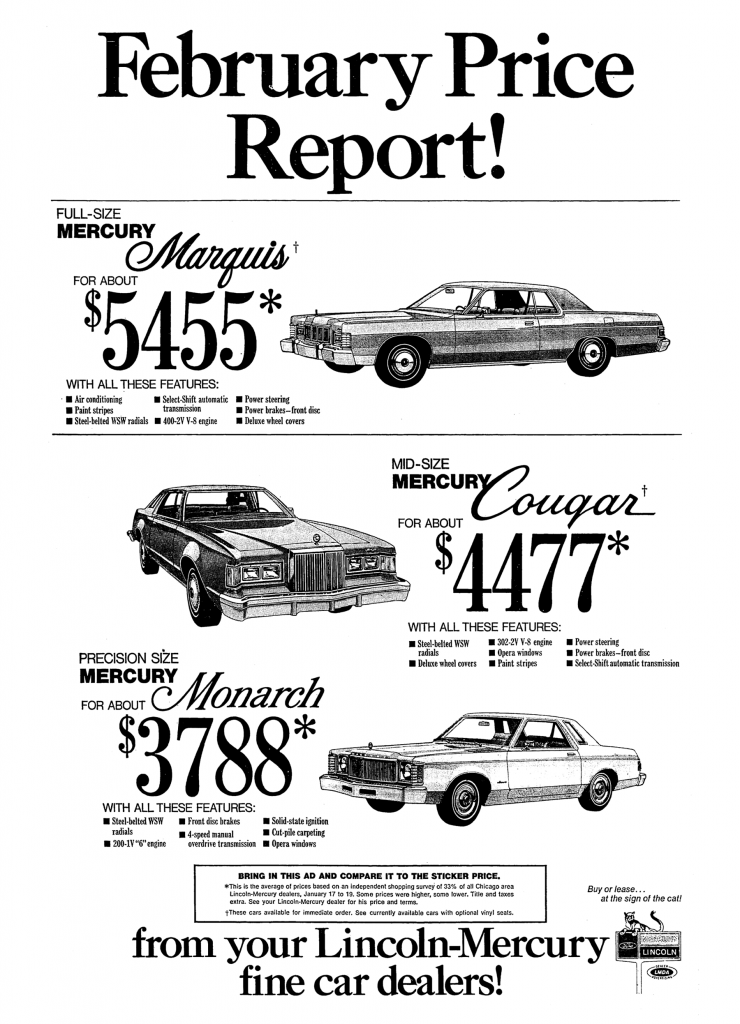
1977 Mercury
Canadian Confusion: GM’s Short-Lived Passport Dealerships
1979
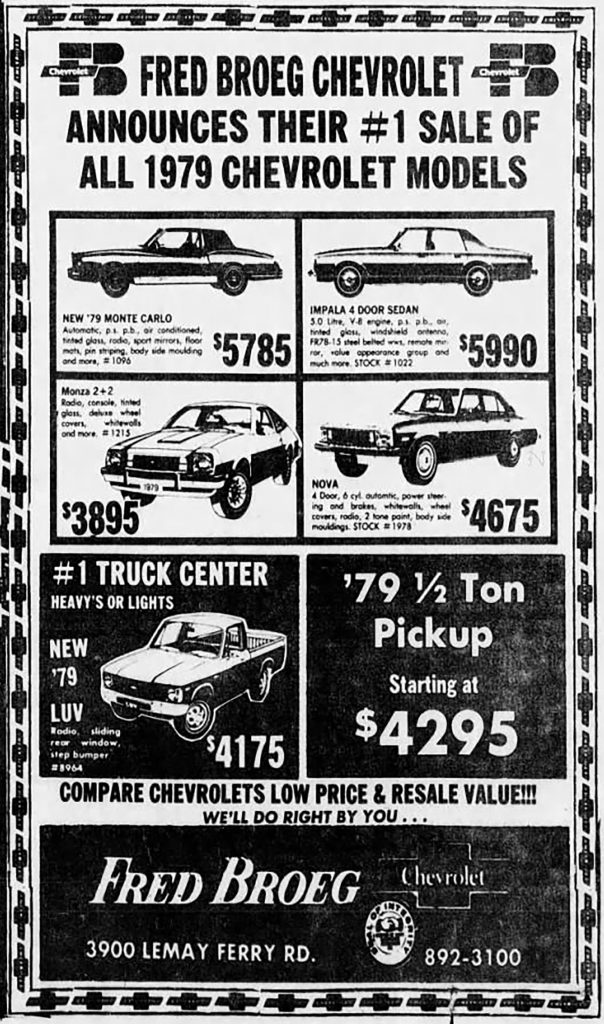
1979 Chevrolet
1983
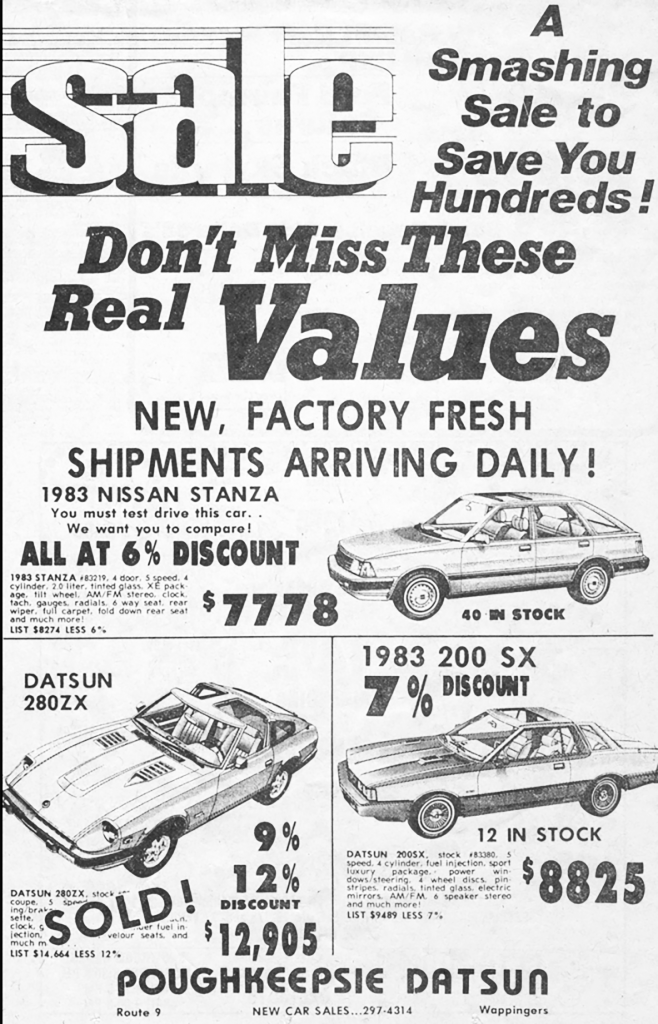
1983 Datsun/Nissan
1988
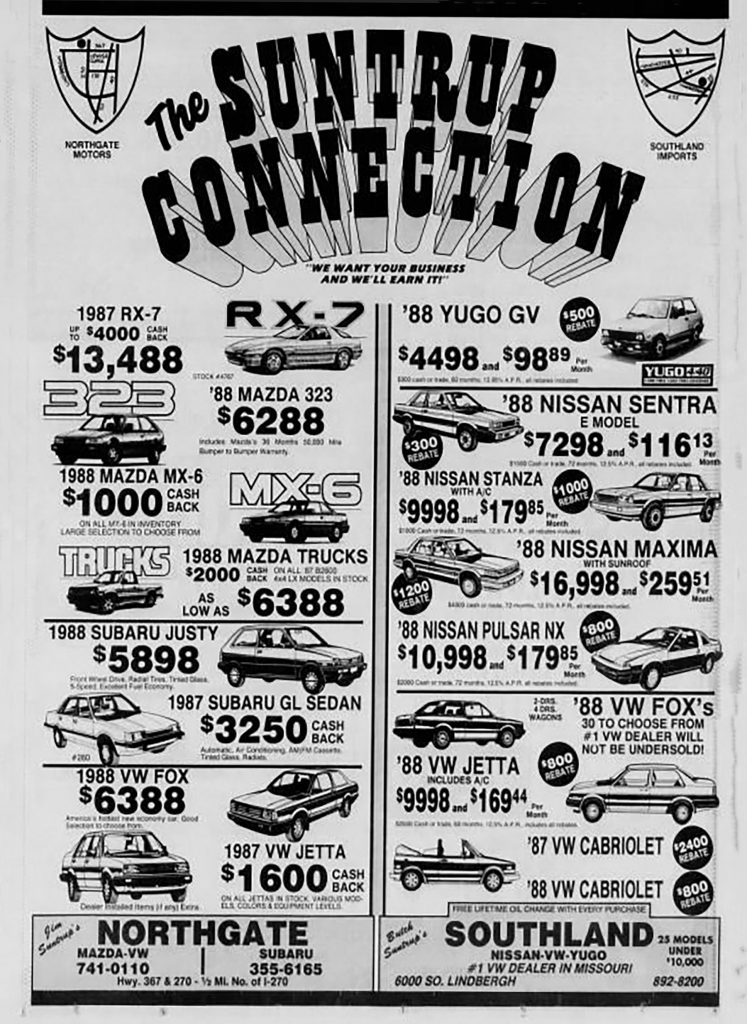
1988 multi-dealer ad
Wreath and Crest Madness! A Gallery of Classic Cadillac Ads
1991

1991 Chevrolet
What is the Destination Charge?
1993

1993 Dodge
Check out the Consumer Guide Car Stuff Podcast
Classic Dealer Ads Gallery
(Click below for enlarged images)
For GREAT deals on a new or used Nissan check out Regal Nissan TODAY!

